by Brandon Cerezo L.T. Shanks Traveling Scholarship 2024
Bulgarian Brutalism and Socialist Modernism: analyzing remnants of
an abandoned typology
January 4-17, 2024
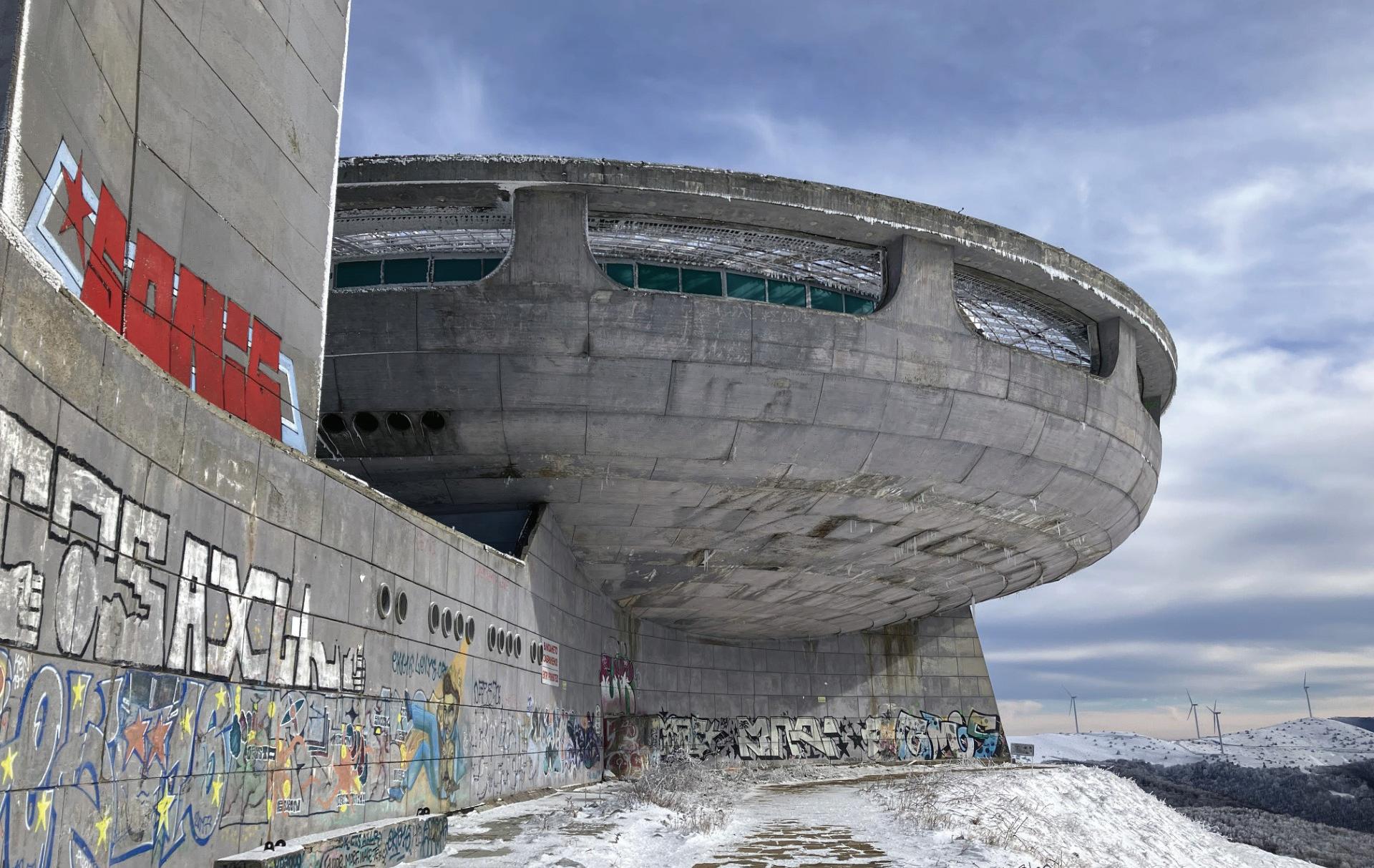
01: BACKGROUND
Bulgaria is a country situated at the crossroads of Eastern Europe, the Balkans, and Western Asia. Its tumultuous political history has resulted in a shift from Russia to the West; socialism to democracy; growth to decline. The pervasiveness of communism here during the 20th century has left behind monuments meant to symbolize the socialist regime’s pride and power, yet neared demolition under recent governance.
The country was closely allied and one of the most loyal satellite states of the Soviet Union during the Cold War, sometimes being called the 16th Soviet Republic. It was formerly part of the Eastern Bloc and the Warsaw Pact during the Cold War, yet has transitioned away from Russia’s influence, becoming a parliamentary democracy after the Revolutions of 1989.


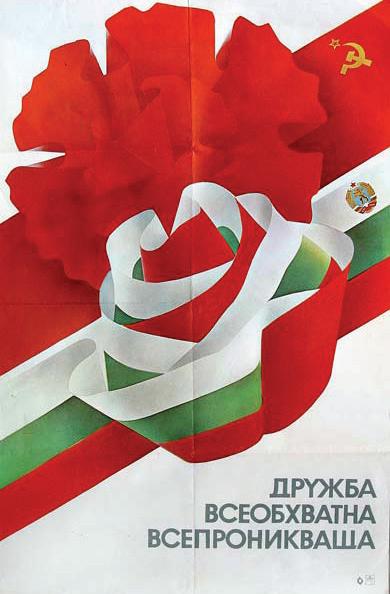
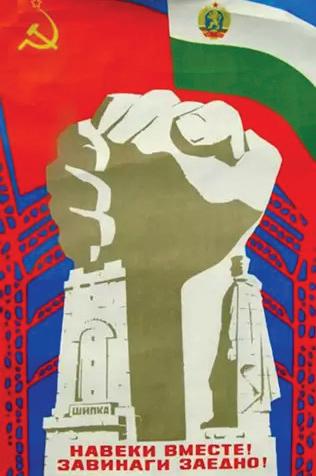
More recently, they joined the European Union and NATO, signifying a transformation into an independent, democratic country. It is currently the poorest country in the EU, and at the time of my trip, was not fully part of Schengen, restricting land travel for Bulgarians. This all sets an interesting precedent by which architecture has proliferated here, along with how the perceptions and attitudes of it have changed over time. The pervasiveness of communism and socialism in this part of the world during the 20th Century has left behind monuments meant to symbolize the state’s pride and power. However Bulgaria has increasingly pivoted towards the West, so much so that communist symbols almost became illegal in 2016.
Many of the monuments I will go through celebrate the socialist Bulgarian regime and its ties to the USSR, and could have been erased had this law been passed. My research dealt with analyzing and documenting these monuments as a way of understanding how the country grapples with its past, and the value that these places still hold albeit neglected.
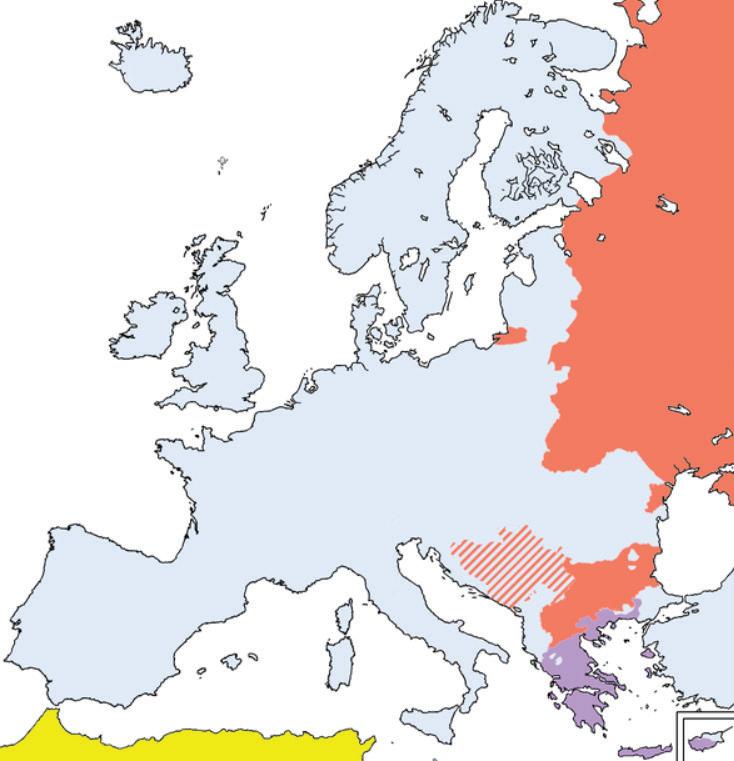

CYRILLIC
primary spoken areas in red
The European Union, with Schengen Area in blue and outliers Bulgaria, Romania, and Cyprus.
Bulgaria and Romania joined the Schengen area on January 1, 2025, nearly a year after my trip.
“The experience of many towns and cities shows that such difficult heritage, although it stirs emotions, creates an opportunity for animated social discussions about the history, culture, and identity of a place. In this way, it becomes an impulse and a kind of social glue, building relationships and bonds, territorial embeddedness and place identity. This controversial heritage, while creating an opportunity to revise ways of thinking about the place’s past, also allows for the creation of its future.
The question of object as heritage comes to the fore when these objects are built only several decades ago and in controversial circumstances and times. Regarding concrete socialist-modernist architecture, the time in which it was created and the material used to create it brings controversy over this question. The contemporary perception of concrete as industrial, stringently uniform, and ordinary has disallowed consideration of historical value. Yet the preservation of existing concrete structures and adapting them to modern needs is also of great importance for the planet’s climate.
In post-war reality, concrete was the material that made it possible to reconstruct both the destroyed cities and people’s identities, especially in Central & Eastern European countries. After the fall of communism, grey, concrete buildings became symbols of an unwanted past. In the new, neoliberal and capitalist reality, the monuments and buildings, which had been a pride of socialist society, became a dissonant heritage.
Post-war modernist architecture in former socialist countries and their dissonant heritage has surpassed narrow academic scope, for which an increase in the general awareness of their enormous cultural-forming potential and significance for the local society can be observed.
Aneta Vasileva and Emilia Kaleva, who analyzed the situation of socialist monuments in Bulgaria, wrote that Socialist monuments occupy a peculiar position in between the two opposites. On the one hand, they are considered cool art objects, indifferent to political turmoil, with a transcendental aesthetic value of their own. On the other hand, they inspire different practices of denial - such as destruction, oblivion, mutilation, repositioning, and intentional demolition - which are politically charged to a great extent.”
-Excerpted from ‘The Ambiguous Legacy of Socialist Modernist Architecture in Central and Eastern Europe’, by Mariusz E. Sokolowicz, Aleksandra Nowakowska, Blazej Ciarkowski
“While peripheral to the world’s cultural and political centers, [Yugoslavia] “floated” between them, rather than clearly gravitating to any. The fragmented body of architecture that came out of that condition resulted from the need to mediate between a wide variety of contradictory demands and influences, pitching multifarious global forces and the diverse interconnected localities against each other. Such mediation should resonate with our times of ‘liquid modernity’, as Zygmunt Bauman has termed it, characteristic for its radical cultural pluralism and the related, increasingly ubiquitous and self-conscious practices of hybridization, recycling, sampling, and blending.”
-Excerpted from ‘Modernism In-Between: The Mediatory Architectures of Socialist Yugoslavia’, by Vladimir Kulic, Maroje Mrduljas, Wolfgang Thaler
The ambivalent attitude towards socialist monuments and architecture in Bulgaria is part of a larger story of how Central & Eastern European countries are coming to terms with their past. The Baltics, along with much of the former Eastern Bloc and Yugoslavia, are now independent democracies and are also members of the European Union and NATO. Architecture is by many means the only relic and reminder of the Cold War era, and socialist monuments in these countries have started to be demolished. Some of the monuments shown from this trip are either in a stagnant, closed off state, while others are given new life, repurposed so that new generations can understand its history.
Regarding Westernization and globalization, I found the larger cities, including Sofia and Varna, to be at the street level akin to other European cities. American influence is present and seen with pop music in shopping malls, fast food chains, and brand advertisements.
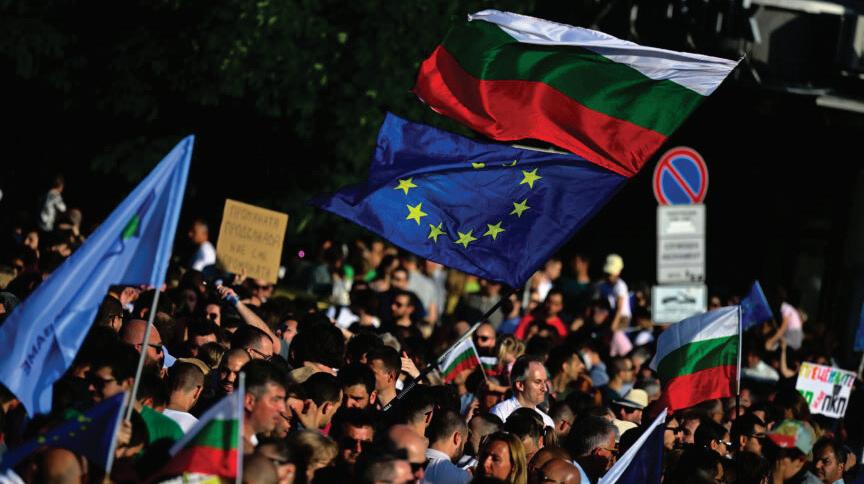
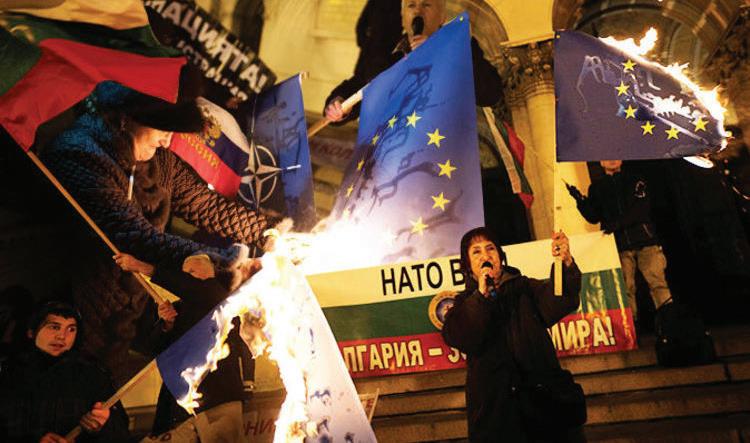
There is no public consensus on Bulgaria’s relationship with the European Union. While many Bulgarians, especially the younger generation, feel more ties to Europe, some are more nationalist and recall older days of a ‘brotherhood’ with Russia.
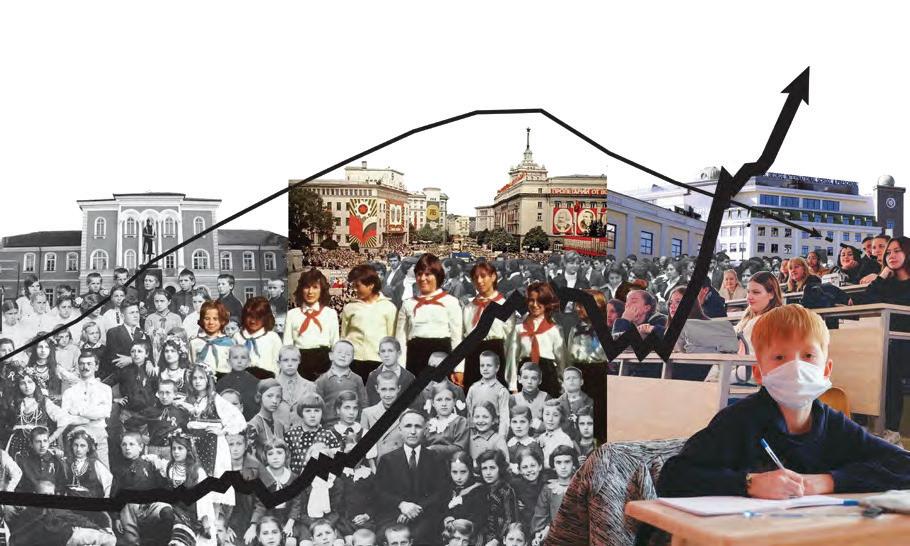
Recent demographic history has seen steady growth from the early 1900s on, even with multiple Balkan and World Wars. After decades of socialst governance, population took a dramatic decline since the 1980s. While democracy has not reversed this, GDP per capita has risen exponentially.
(Source: The Bulgarian Pavilion, Biennale Architettura 2023)
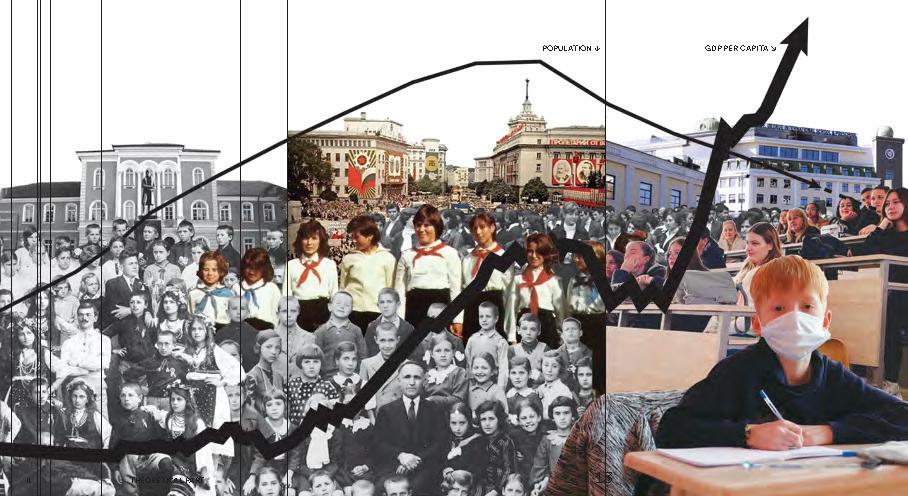

1908-1944: monarchy
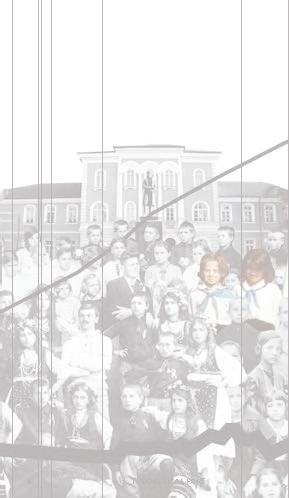
1946-1989: socialist state
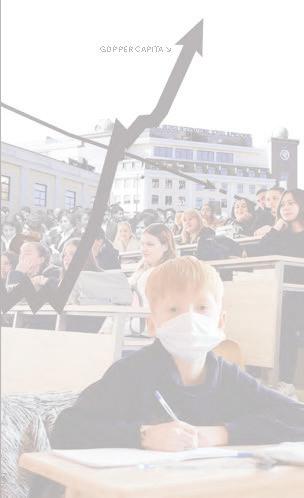
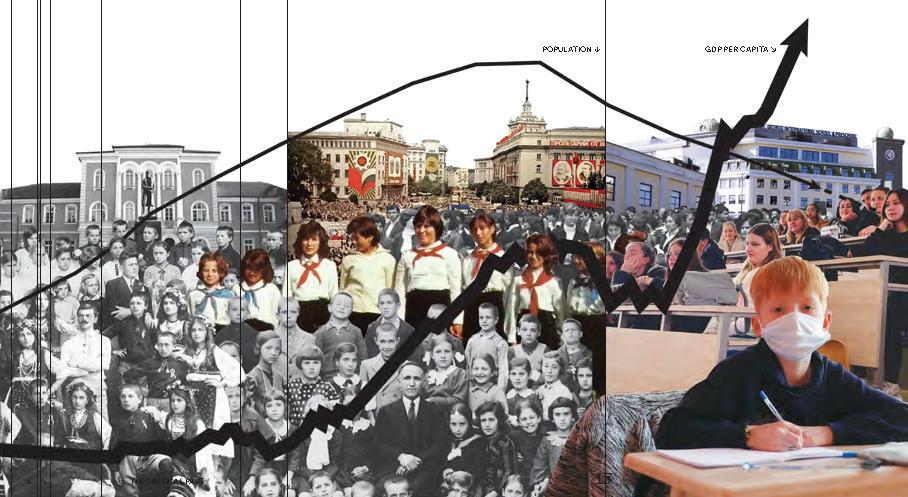
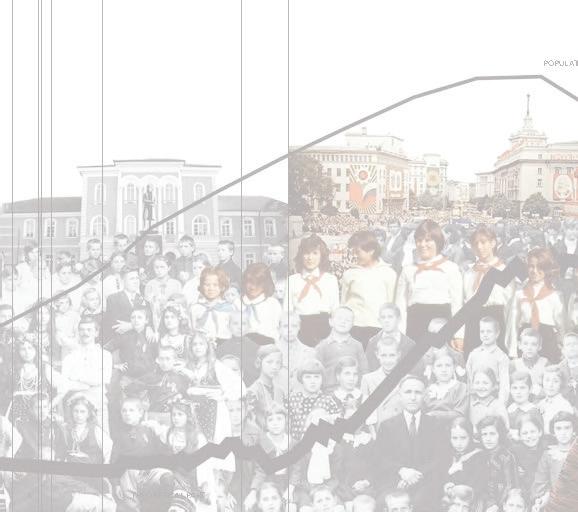

1989-present: parliamentary democracy

My 2-week itinerary, starting and ending in Sofia, and traveling through car across the country.
02: PLOVDIV
BRATSKA MOGILA
c. 1974

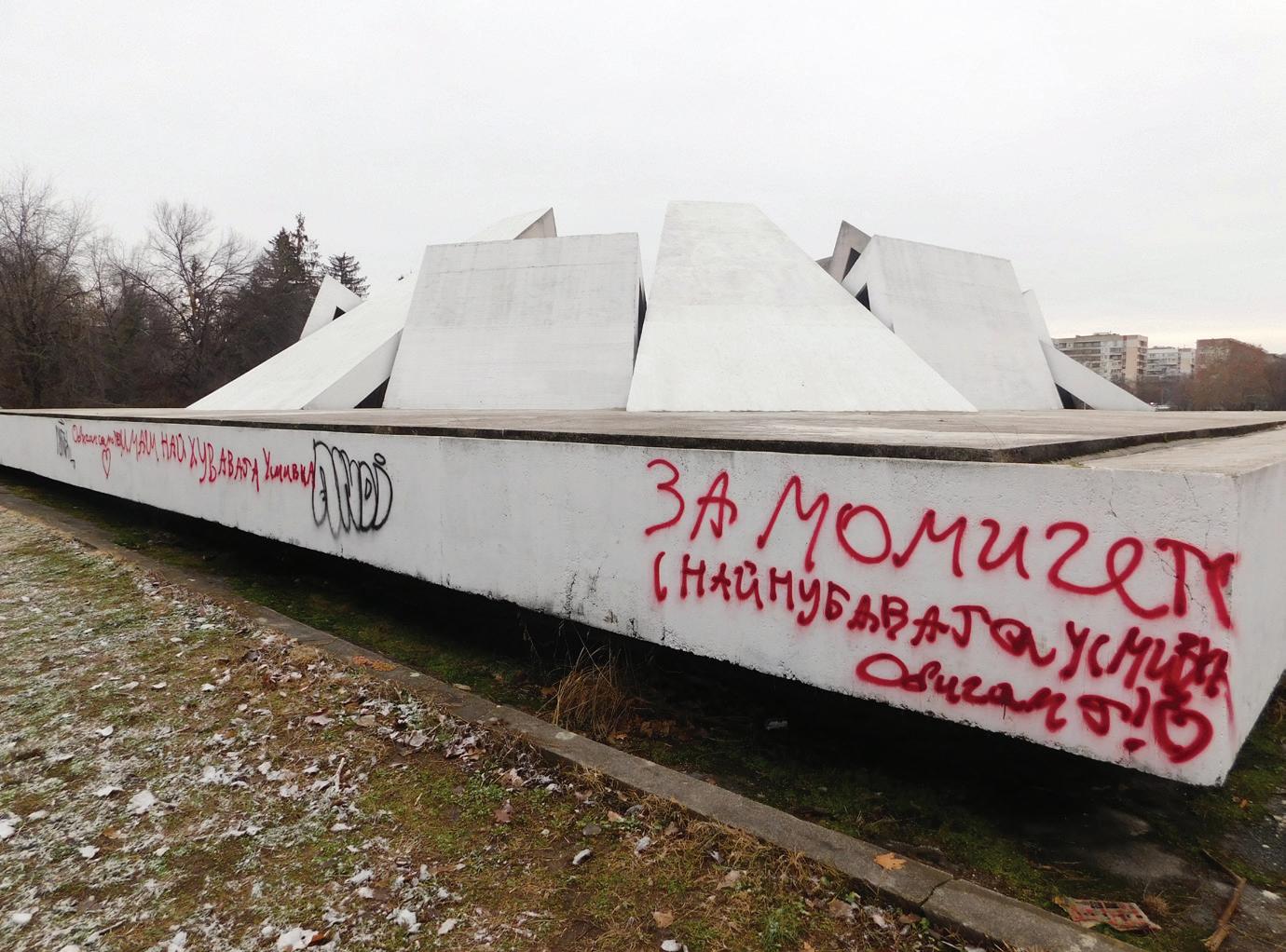
One of many monuments dedicated to Bulgarians and Russians who sacrificed their lives in past wars, Bratska Mogila means Monument to Brotherhood. The memorial also serves as an ossuary; where skeletal remains have their final resting place. It is intended to look like the traditional Thracian tombs in Bulgaria, buried under earth mounds and reminding the viewer of a wreath if looked at from above. Two inclined concrete surfaces, alternating at two different heights, meet in the center where there is an altar for eternal fire. The scenes are taken from Bulgarian history. Today, the monument is closed off and vandalized.


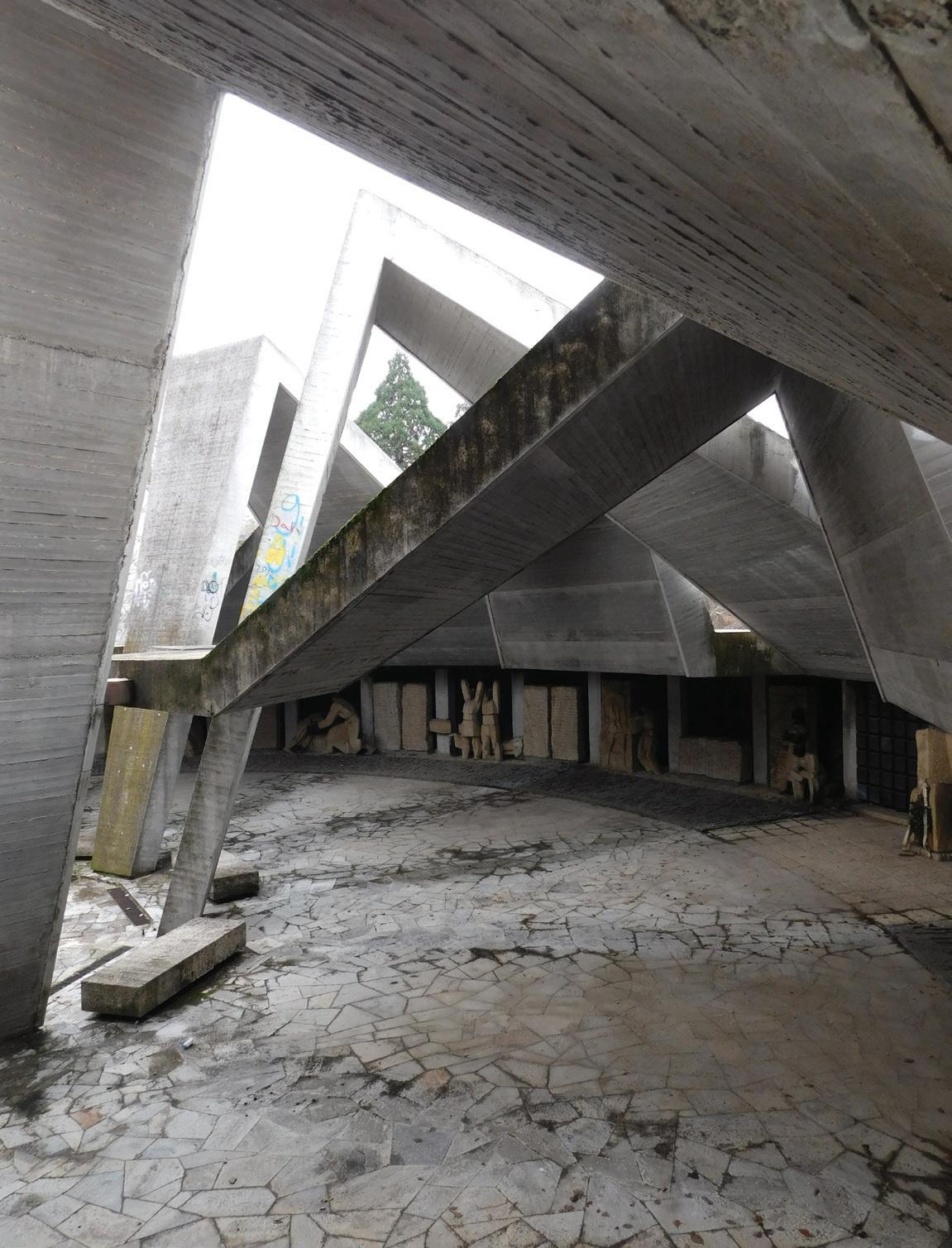
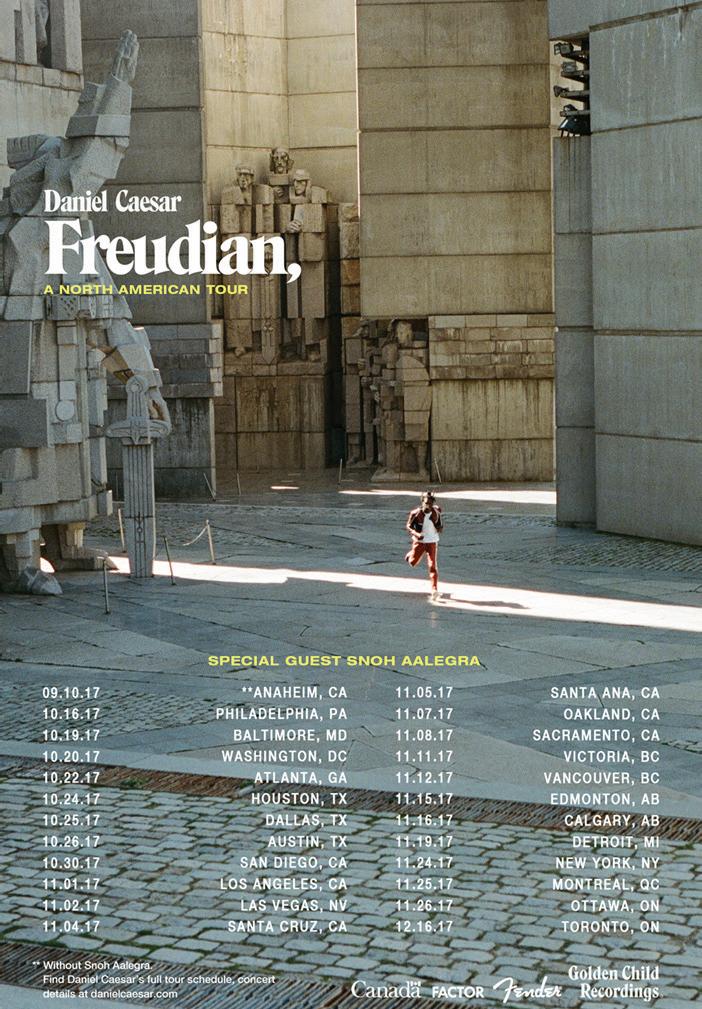
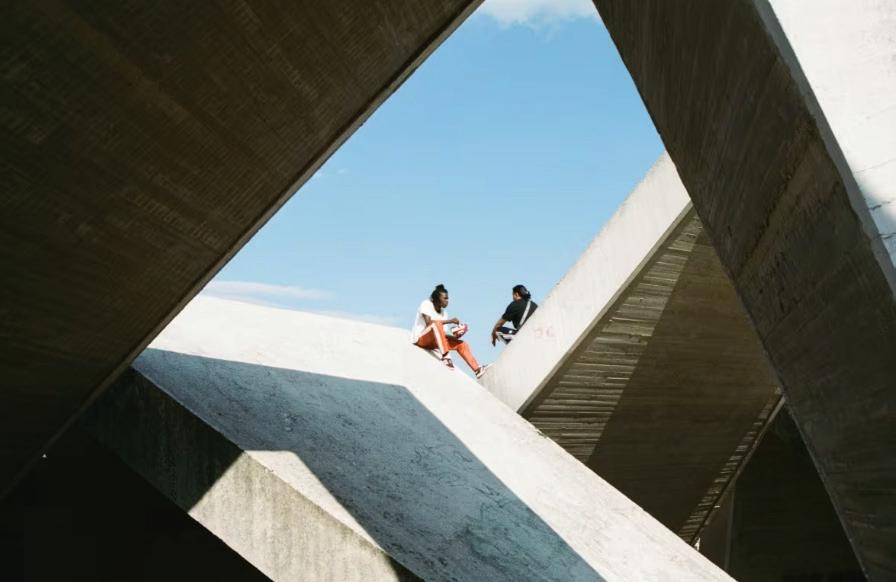

03: SHIPKA PASS
THE BUZLUDZHA MONUMENT
c. 1981


Alternatively called the House-Monument of the Bulgarian Communist Party, Buzludzha sits atop the peak of Hadzhi Dimitar where Bulgarian forces fought the Ottomans in 1868, and where Bulgaria’s socialist movement was formed in 1891.
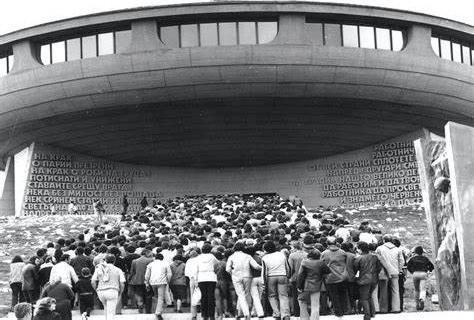
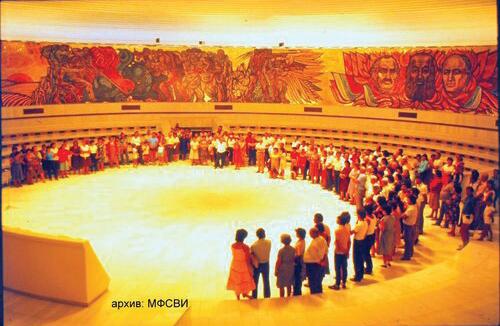


GEORGI STOILOV
“[Bulgaria’s] leaders understood that architects are crazy people, and said: do whatever you want. We’ll deal with literature, painting, the theatre and so on, you just build what you want to.”
DESIGN ITERATIONS

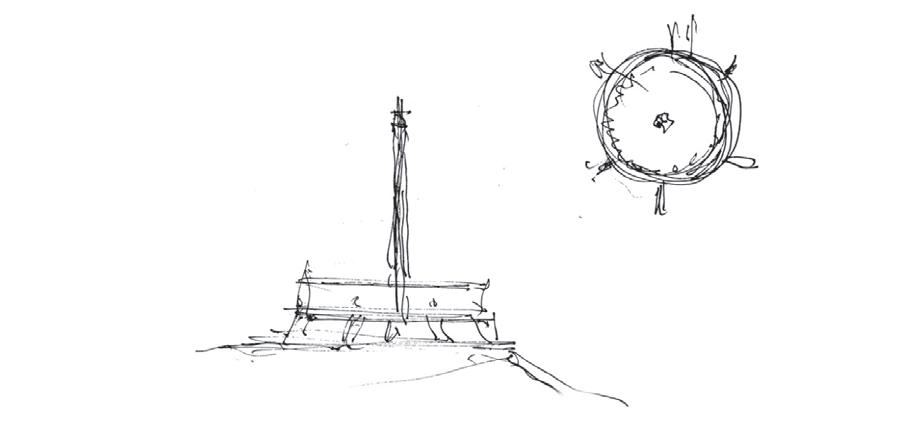
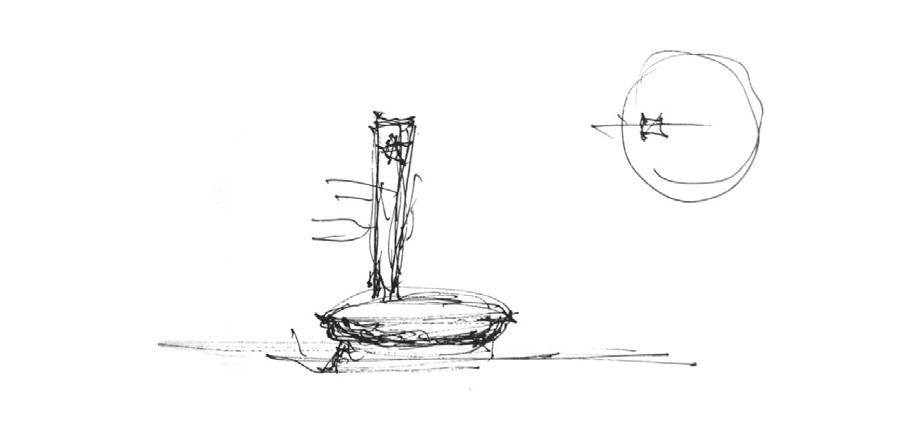

1. A red star atop the peak
2. A ring on six columns, with a tower at center with a red star on top (competition winner)
3. Interior visitor space is prioritized, with a spherical body created in place of the ring
4. Offset tower to provide greater stability (final design)

The saucer-like main hall is set on a three-armed podium and flanked by a 70 meter-high tower, adorned with red stars on both sides. The round form of the raw concrete structure was a departure from Stoilov’s previous work, and was meant to symbolize purity, grandeur, and austerity.

What remains of Buzludzha now is largely a skeletal, eroded framework of the original. Its decay, along with the melancholic atmosphere, have attracted new interest in the monument and support for its restoration.
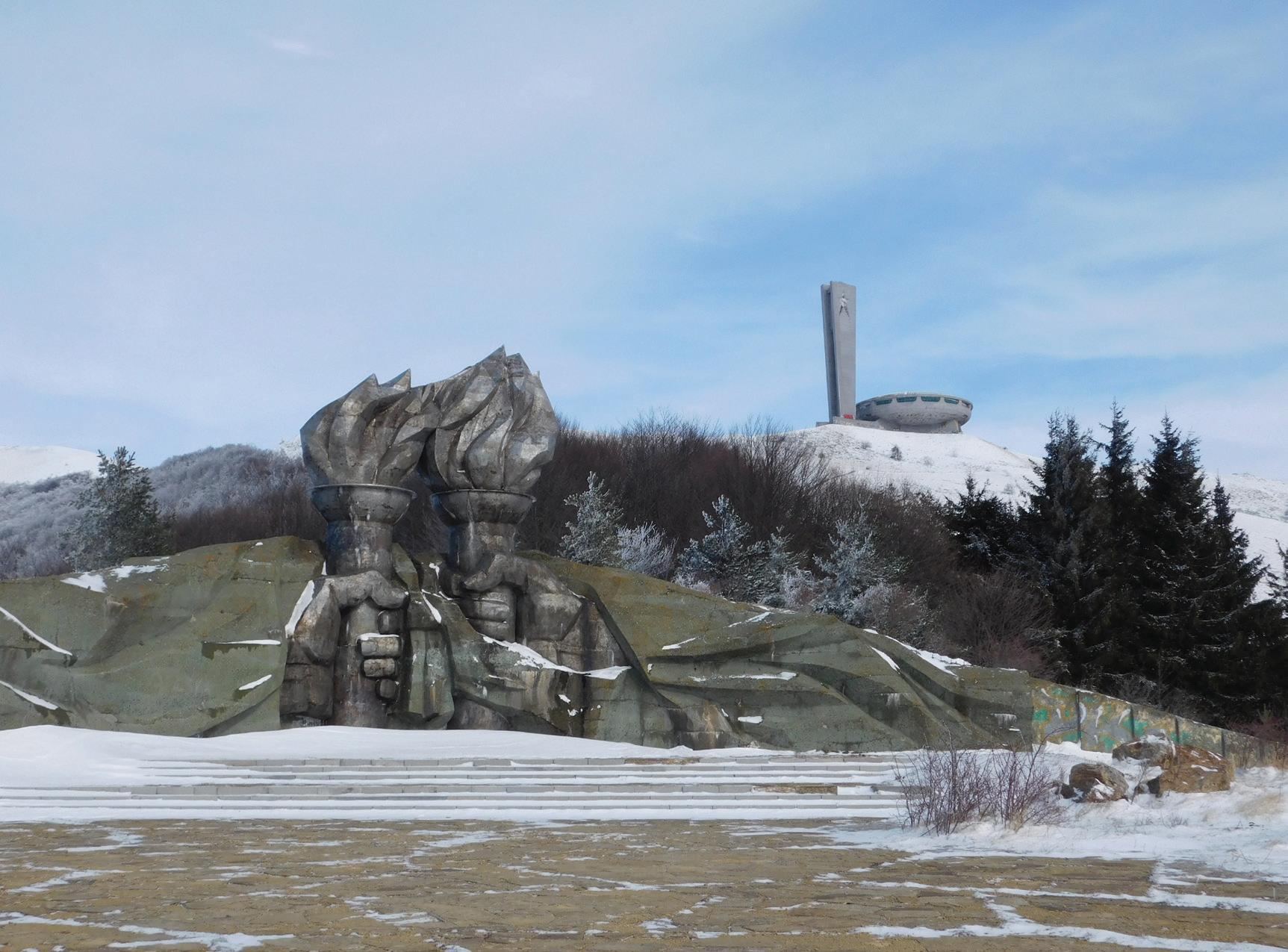




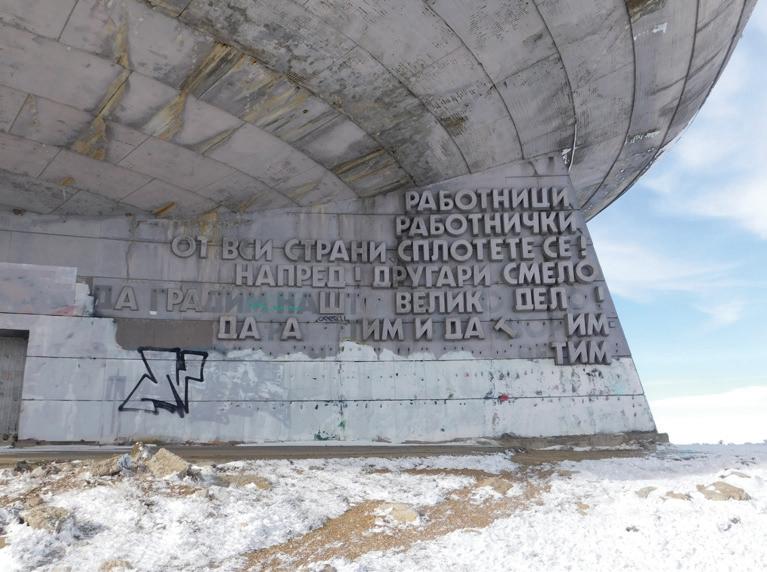
at the feet of slaves of labor oppressed and humiliated, stand up against the enemy!
workers from all countries unite forward comrades, let’s boldly build our great work!

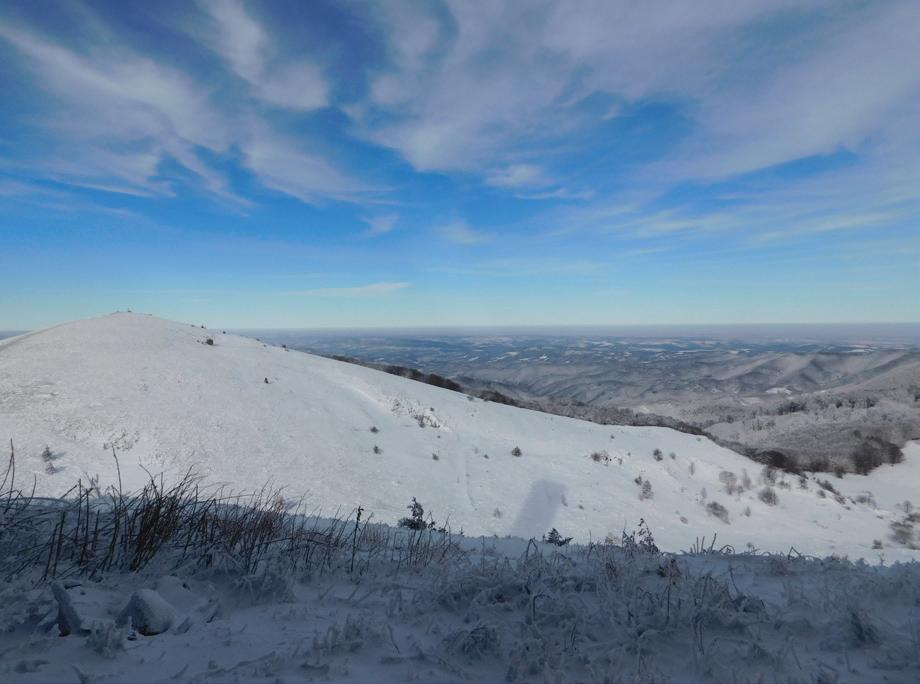

“Architecture needs inspiration and it needs to embrace international themes. One can’t come up with ideas that exist completely outside of the world’s traditions.
Everyone observes what is being done in other countries, what world architecture has to offer, and changes their style accordingly.”
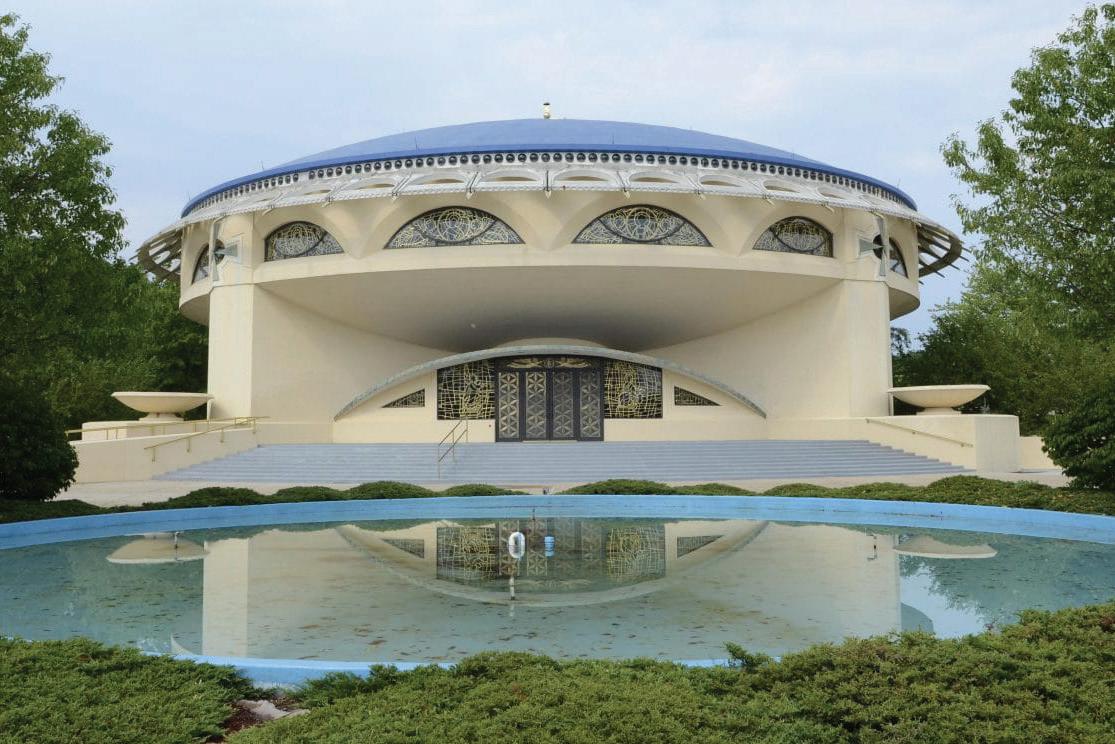

The Buzludzha Monument has been compared to Frank Lloyd Wright’s Annunciation Greek Orthodox Church in Wauwatosa, Wisconsin. Built in 1956, Wright was inspired by Byzantine architectural forms and St. Sophia (Hagia Sophia). Visual similarities between the two have raised questions of originality (or lack thereof) for Buzludzha.
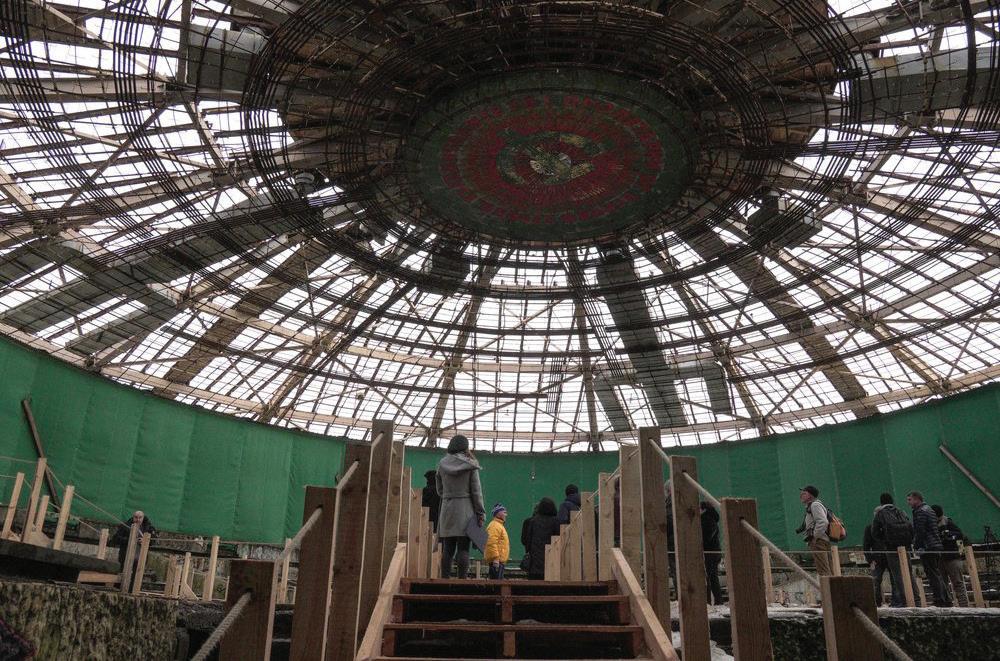
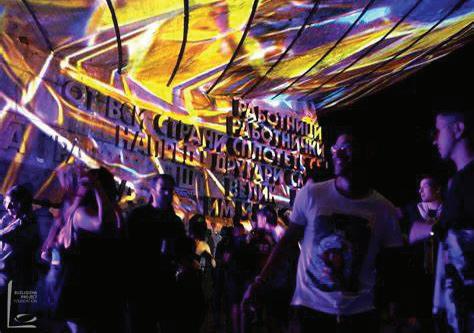
ongoing restoration work (top); the annual ‘Open Buzludzha’ techno music festival with light displays on the monument (bottom) https://buzludzha-project.com/en/festival/
04: SHUMEN
MONUMENT TO 1300 YEARS OF BULGARIA
c. 1981
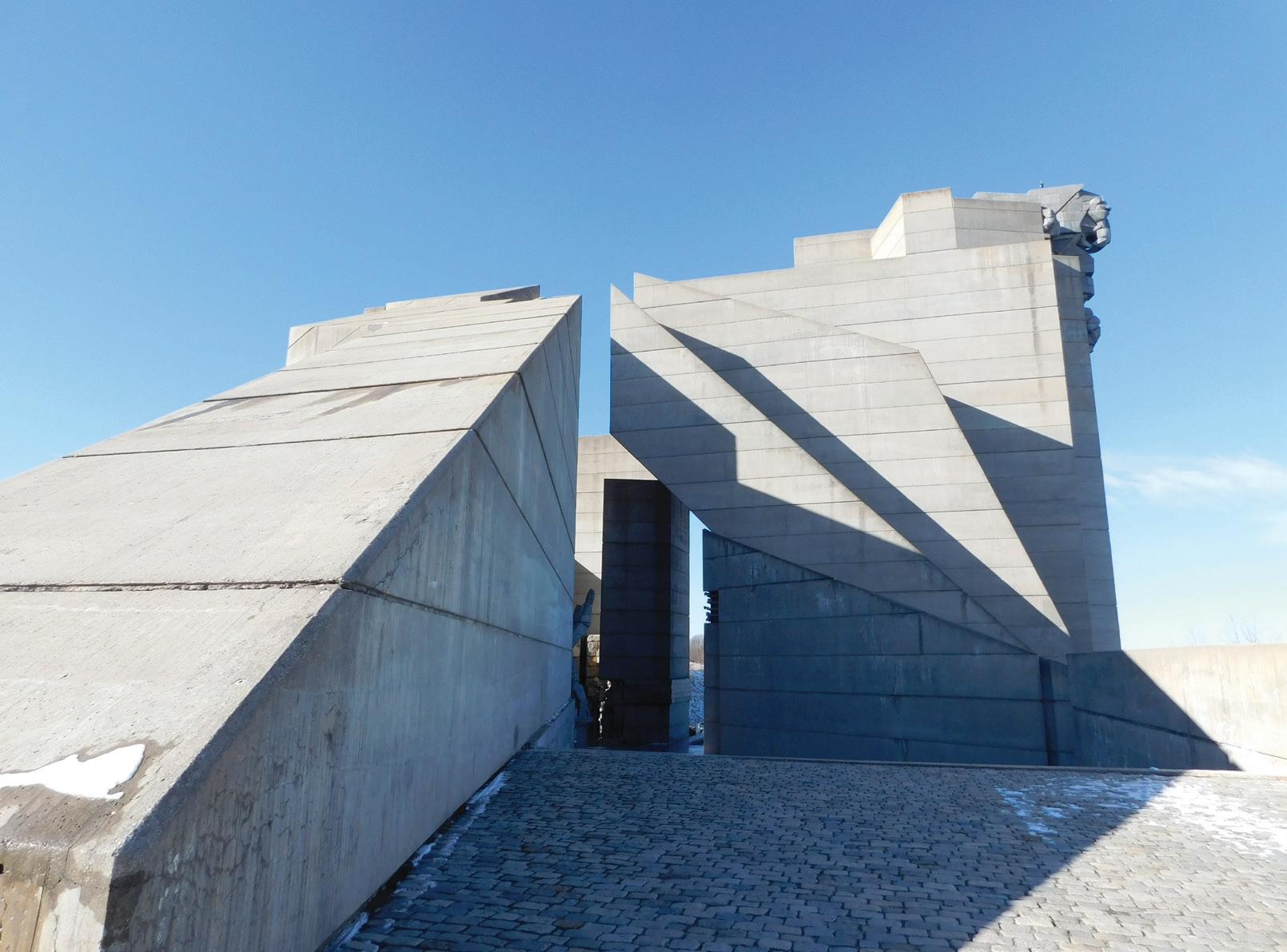
This monument, atop a hillside overlooking Shumen, was constructed as a commemoration to 1,300 years of the Bulgarian state, starting in 681. A lion statue at the apex faces the city and weighs around 1,000 tons.
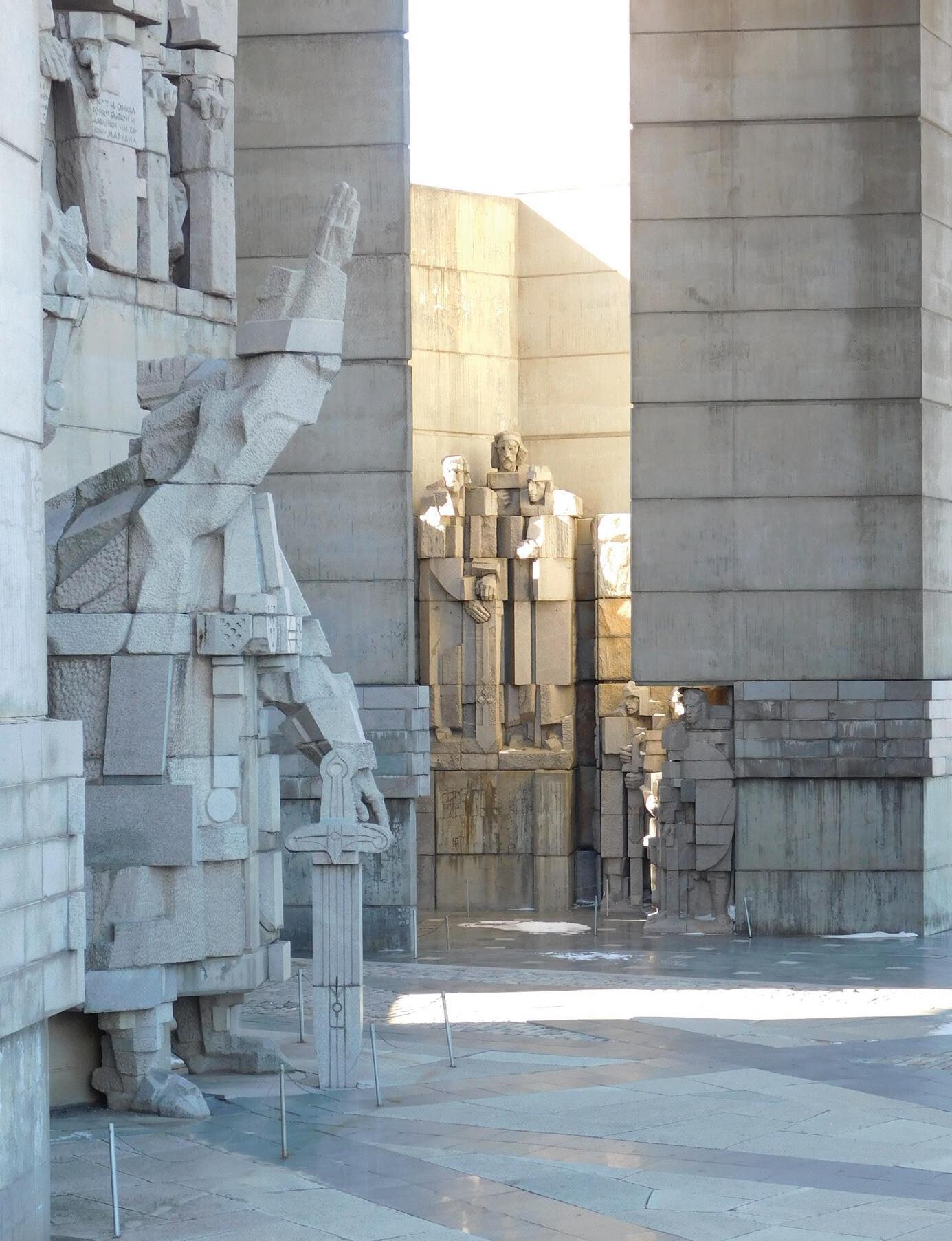
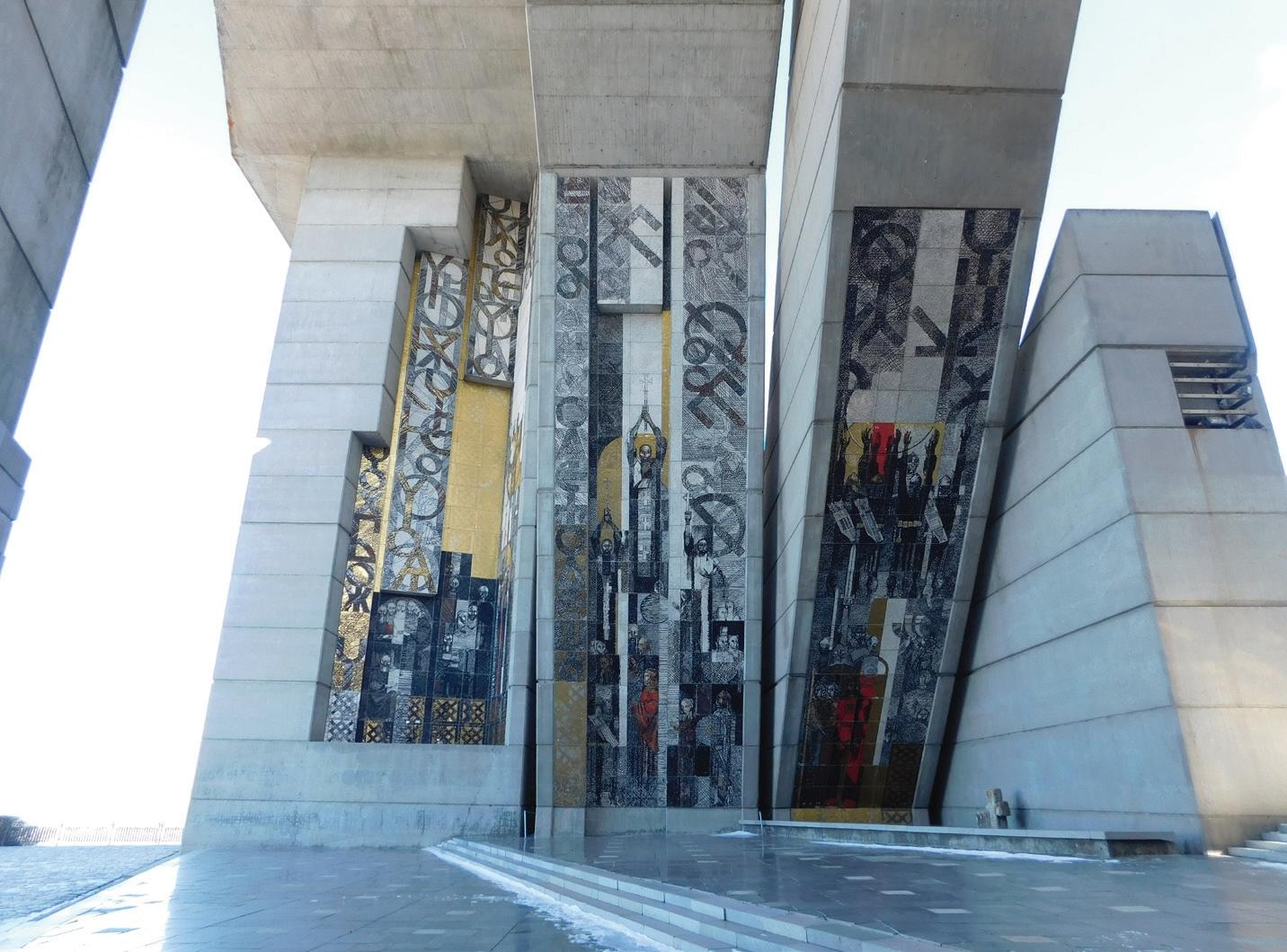
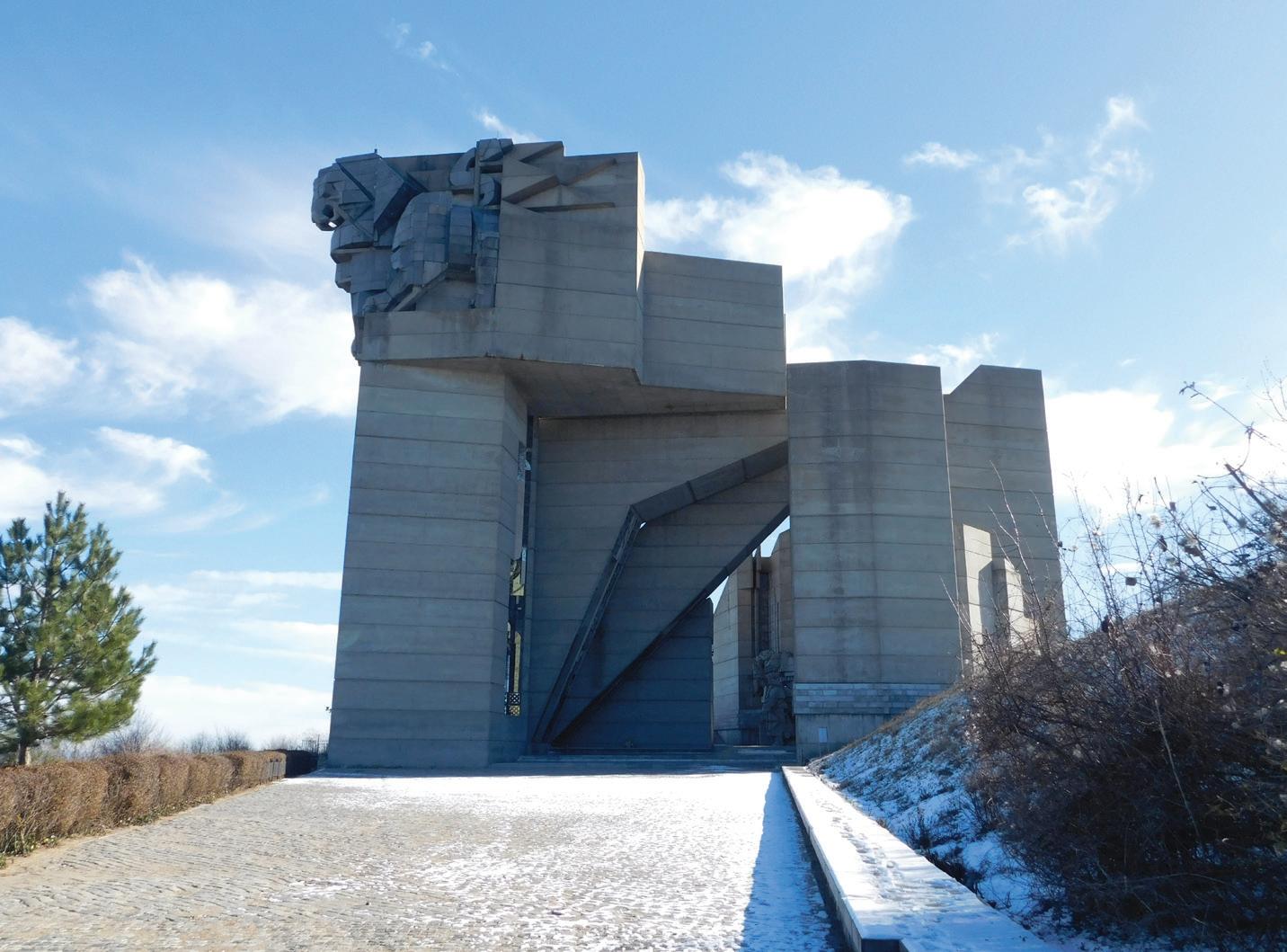

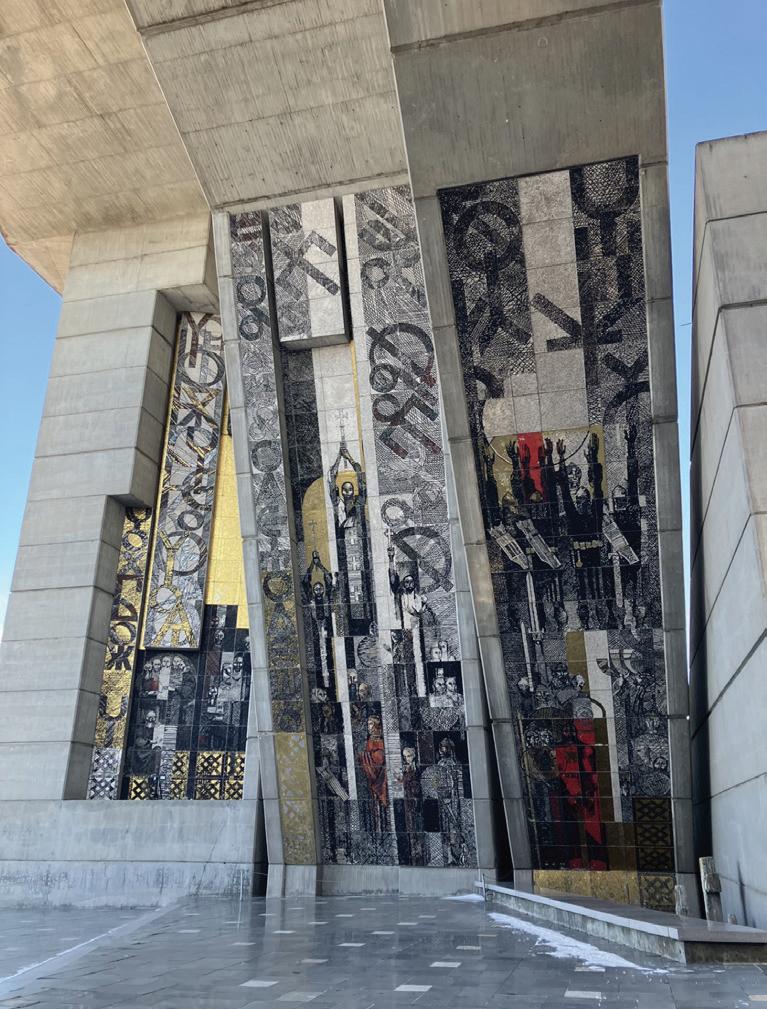
Eight individual bodies of concrete gather in an upwards spiral, representing the rise of the Bulgarian state. Its well-maintained state is owed to the celebration of ancient national heroes, rather than socialist philosophy.


Mosaic walls portray victory in war, christening, and scholars who built the foundation for the Golden Age.

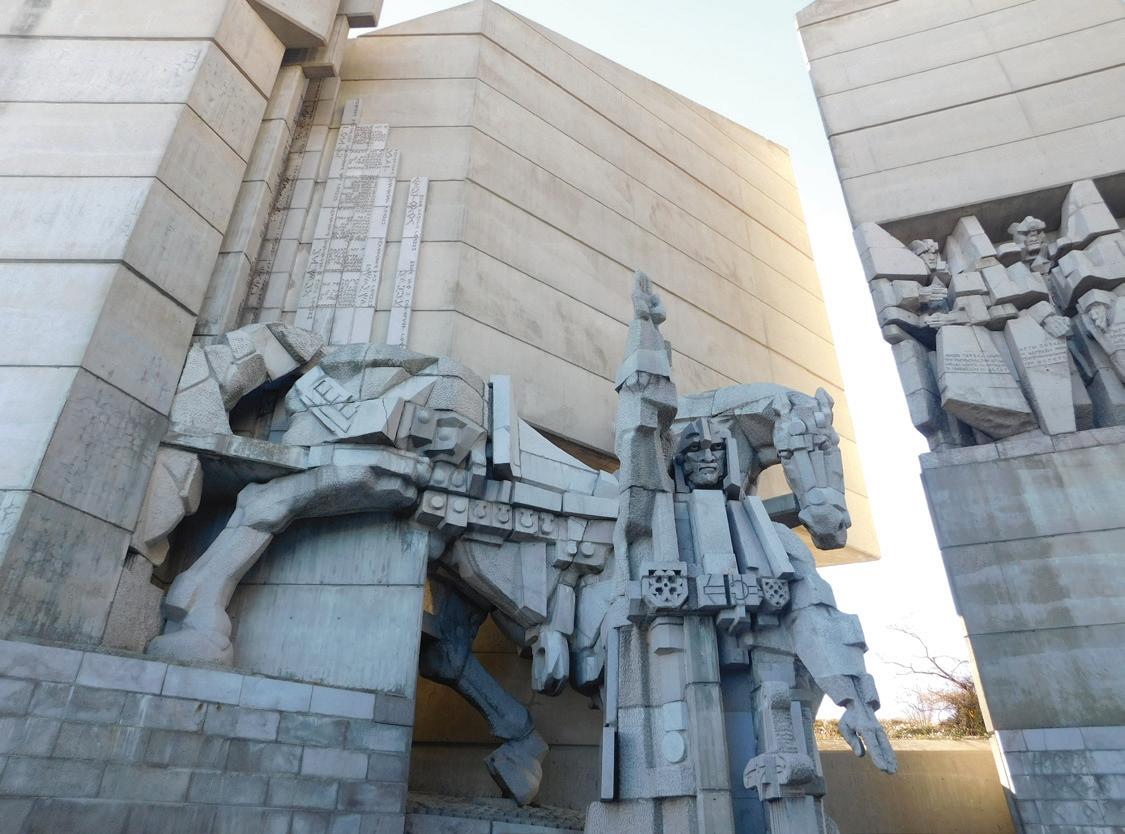

Pictured above is the semi-enclosed plaza with oblique forms adorned with granite sculptures, representing major events in the state’s history.
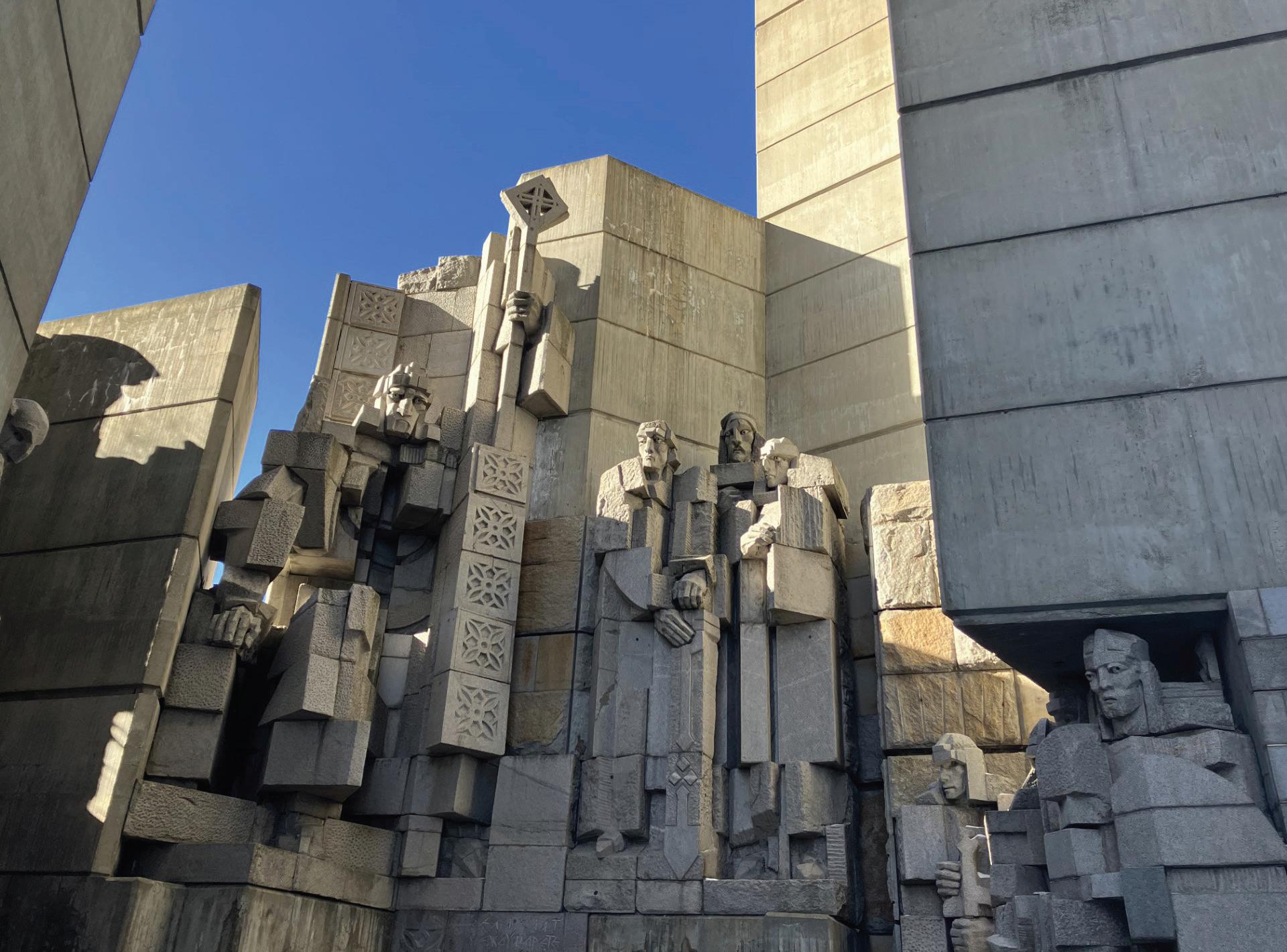

05: VARNA
MONUMENT OF THE BULGARIAN-SOVIET FRIENDSHIP
c. 1978
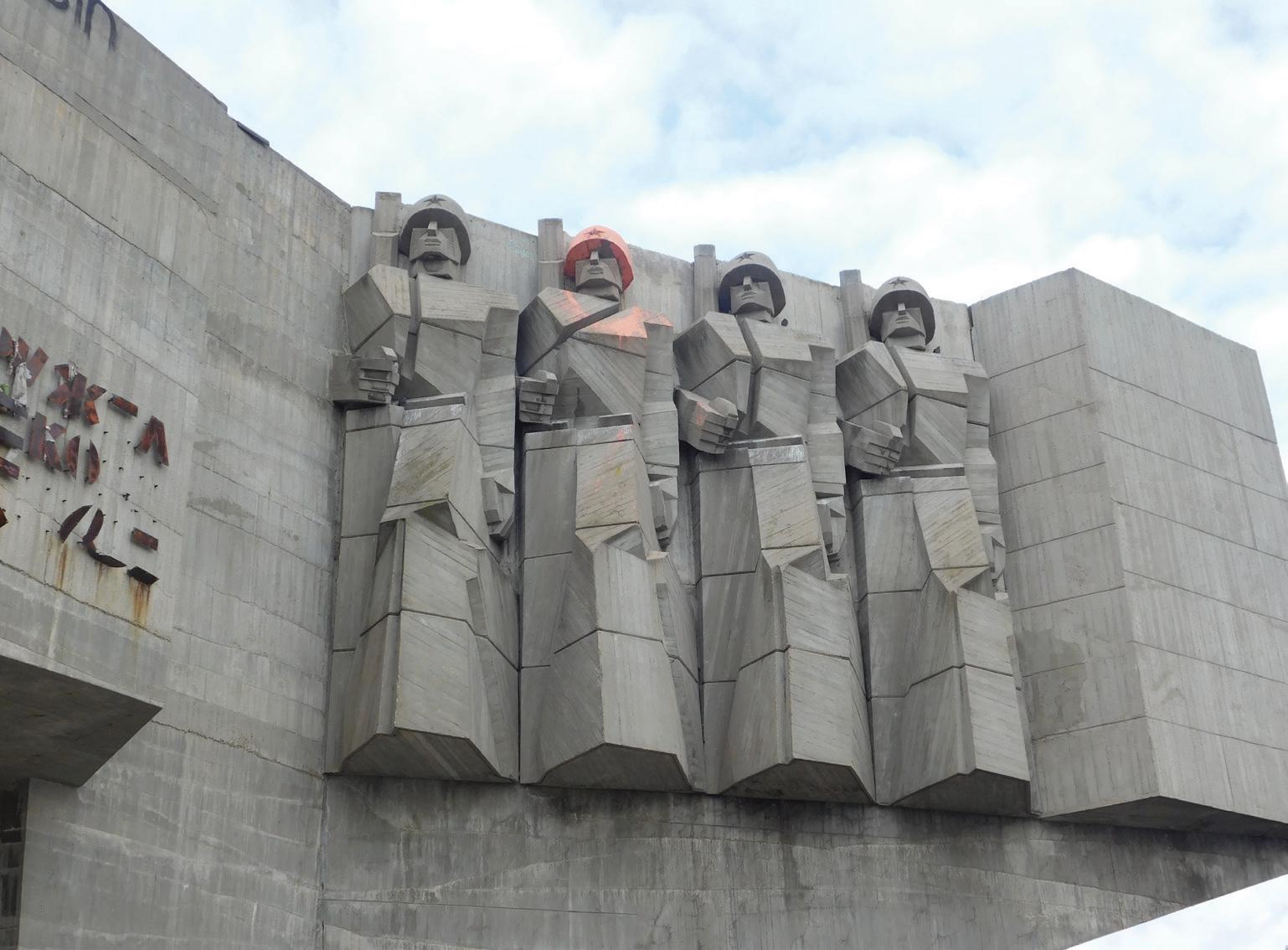


This structure was erected in honor of the Soviet Army, as a symbol of friendship between the two peoples. Located atop a hill, this was the site of a battlefield where the city defended against Turkish forces in 1828. Two wings depict the rescued Bulgarian women on the left, and Soviet soldiers on the right. Since 1989, the monument has fell into decay, with its eternal flame extinguished and inscription of ‘Friendship for centuries throughout centuries’ stolen.

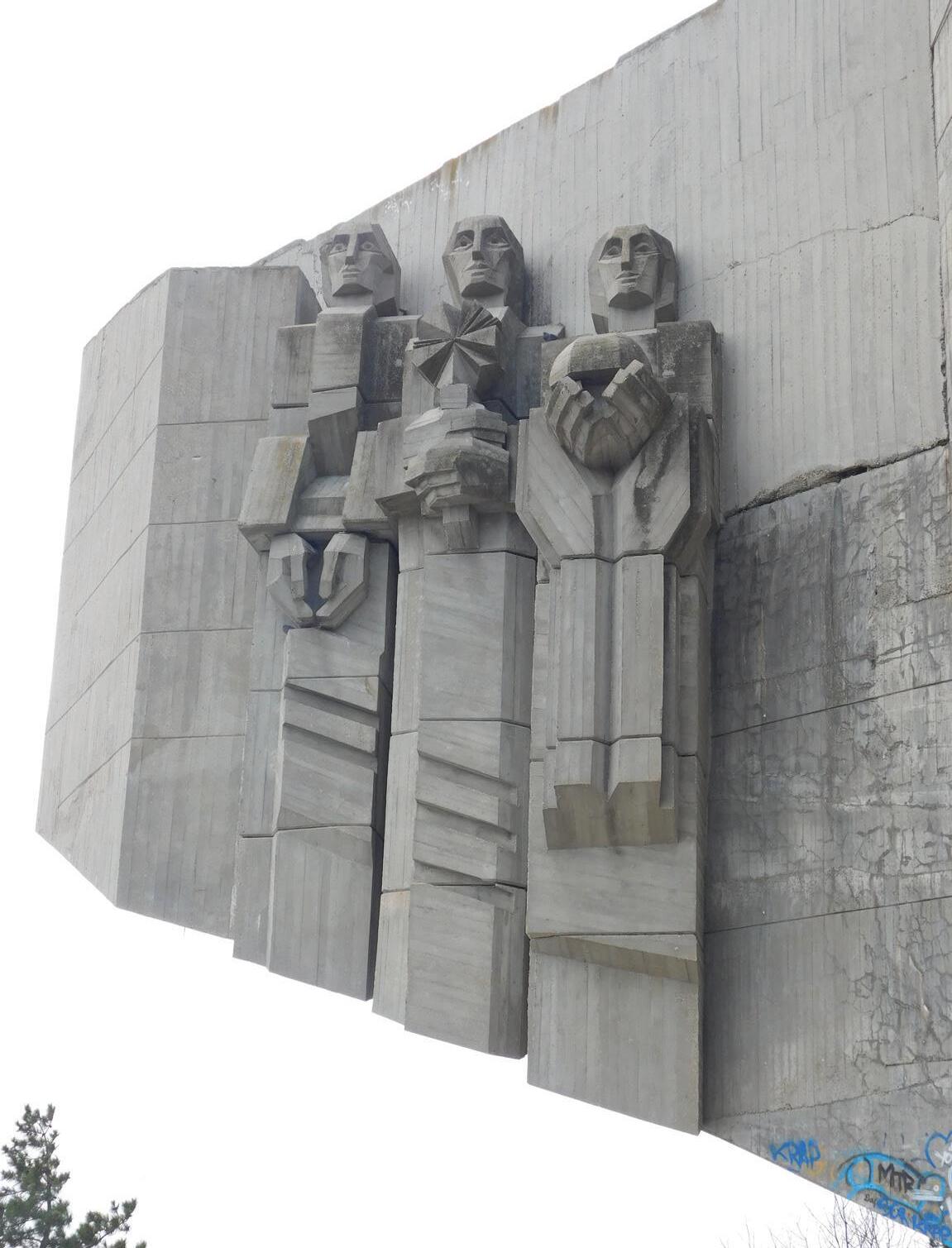

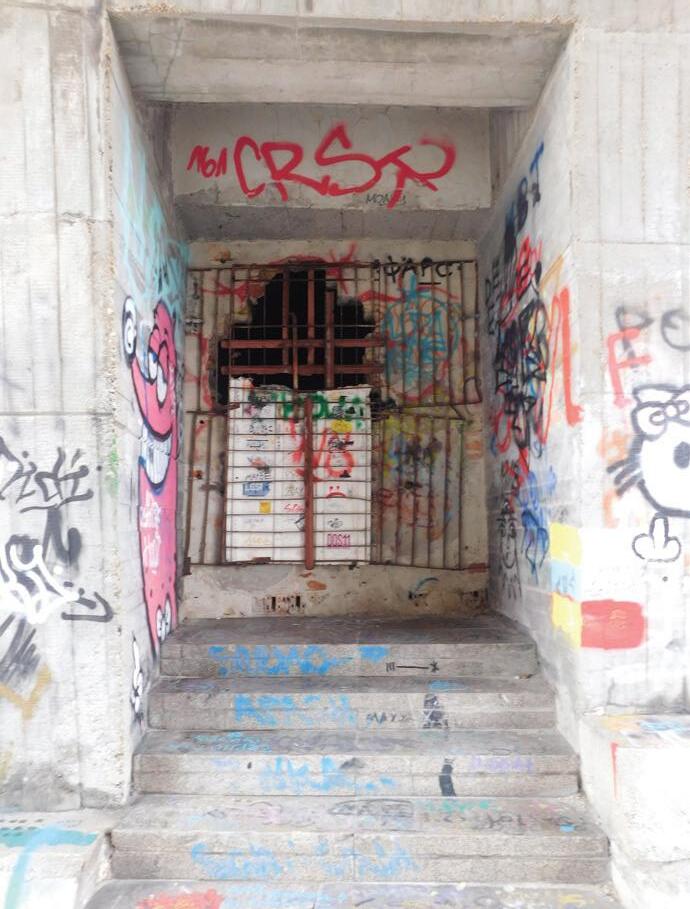
06: BURGAS
PANTHEON OF THE FALLEN ANTIFASCISTS
c. 1981

The main theme of this monument is the fight against Fascist rule. The structure is a circle elevated on a plinth with two entrances, above which are several bronze titans ‘breaking’ the circle and fighting for freedom.

At the center of the monument was an eternal flame which is now extinguished. The names of the 240 soldiers who died in World War II are also carved on its walls. The monument also serves as an ossuary, and used to have human remains inside.



07: STARA ZAGORA
THE DEFENDERS OF STARA ZAGORA MEMORIAL COMPLEX
c. 1977
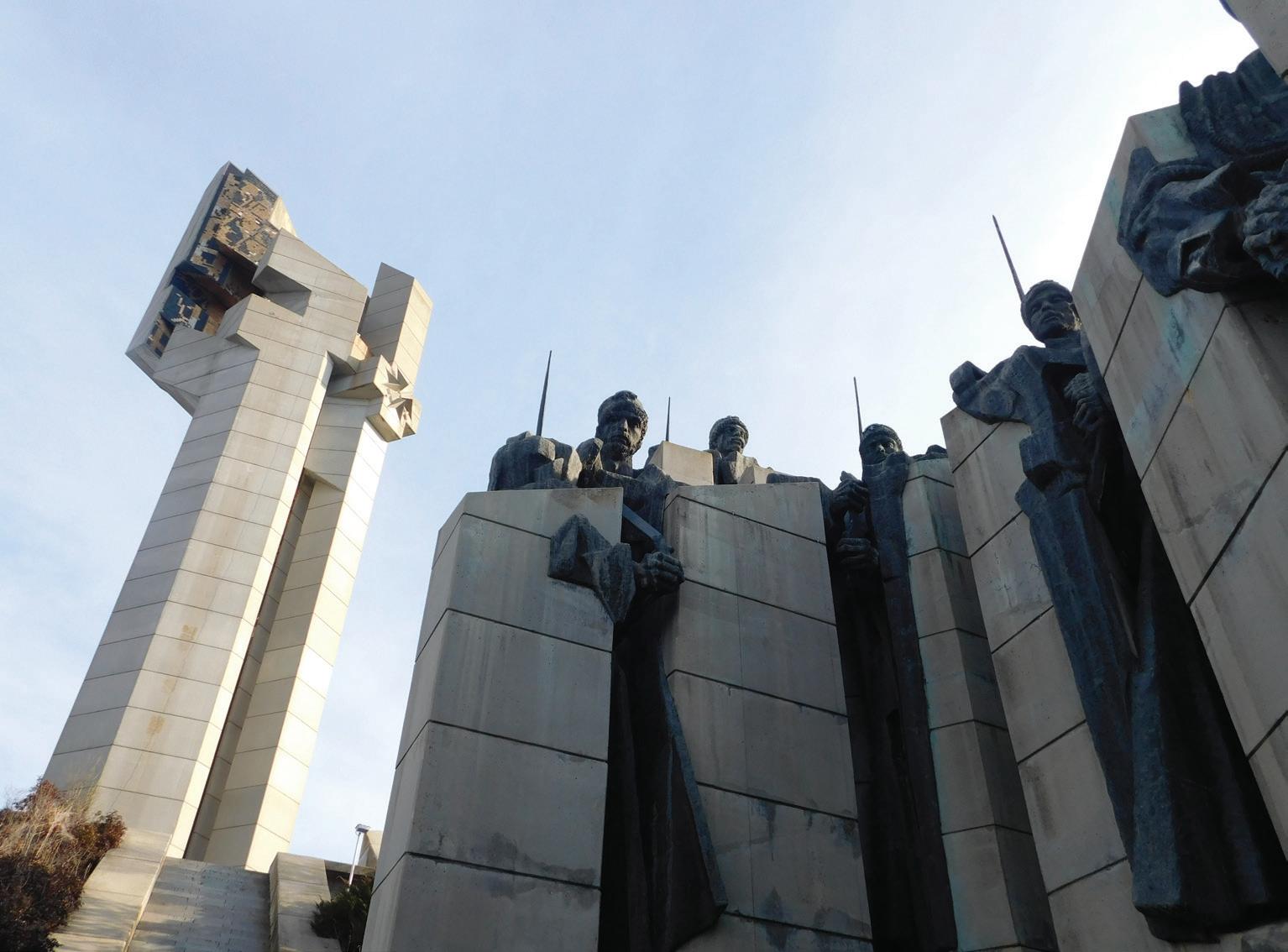
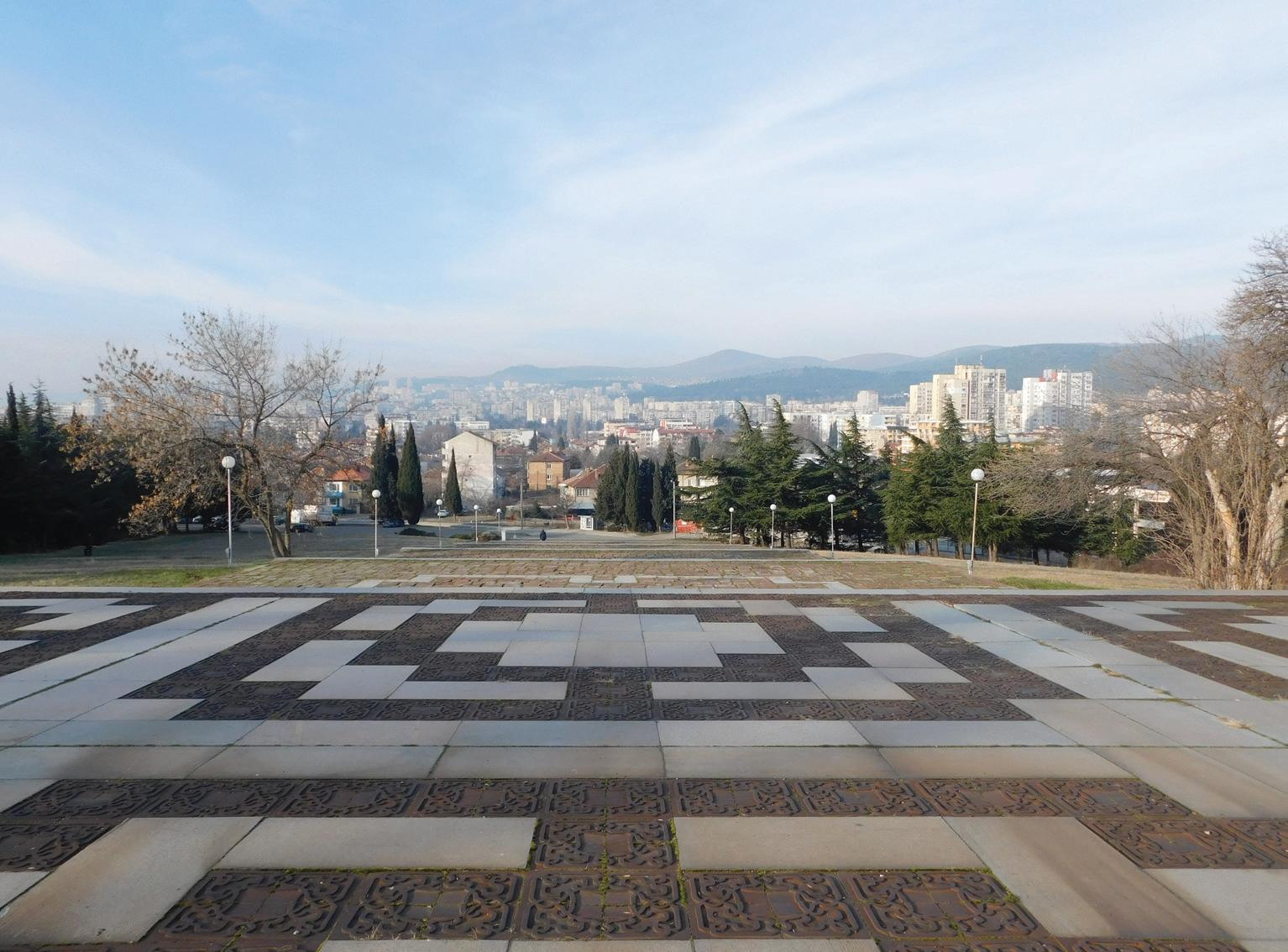

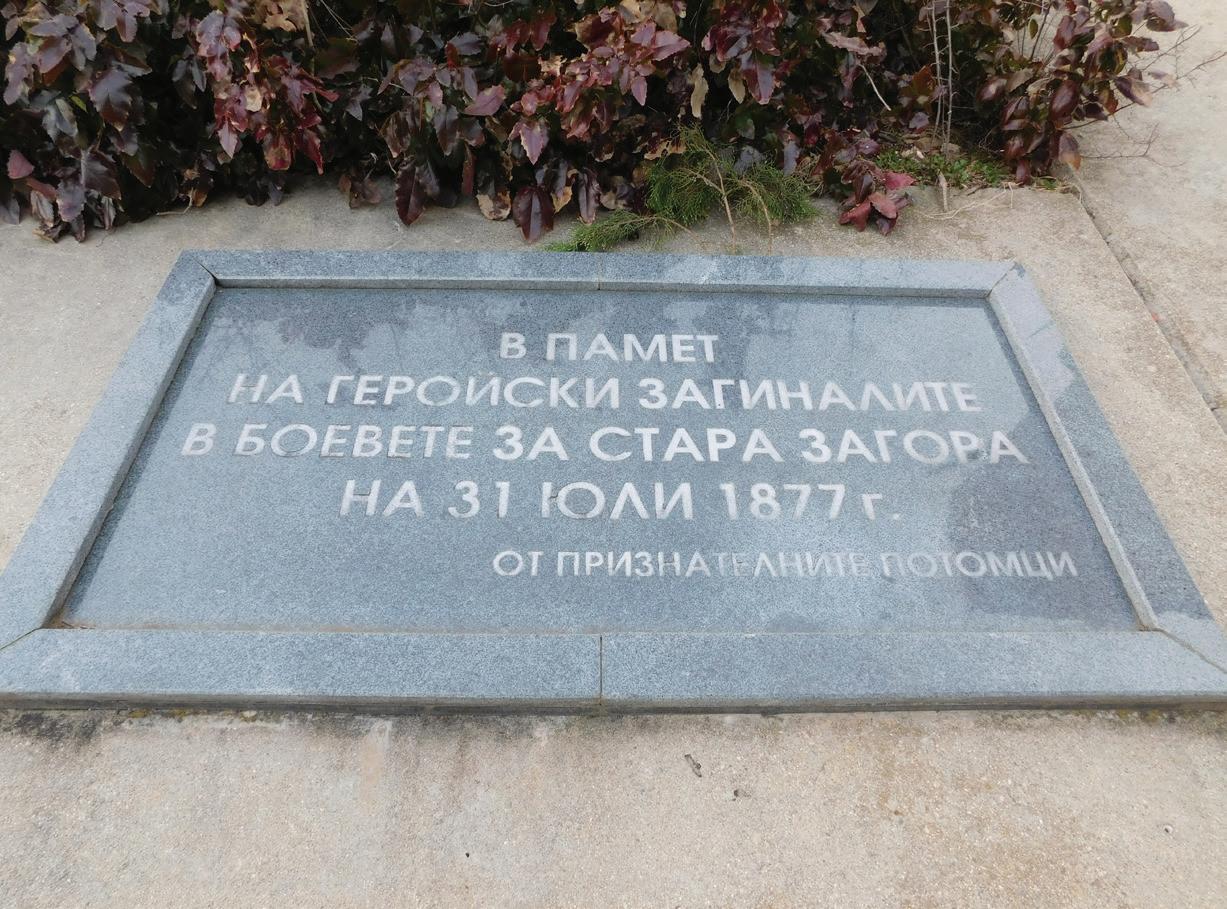
In memory of those who heroically died in the fights for Stara Zagora on July 31, 1877
From the congratulations of the descendants
08: SOFIA

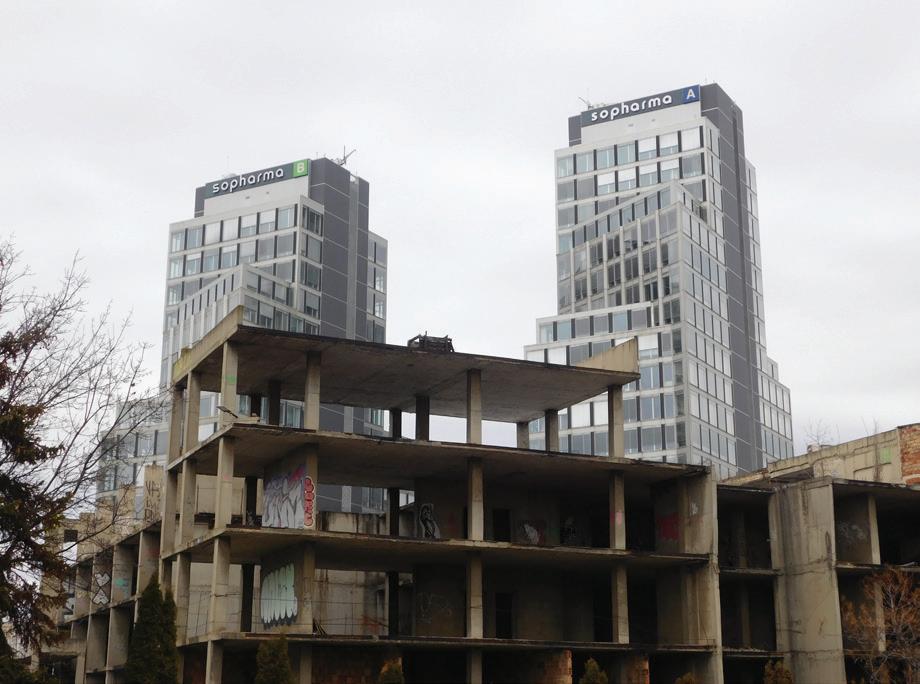
Socialist-era housing blocks ubiquitous among Sofia’s peripheral neighborhoods (left); abandoned development amid modern office towers (right)

c. 1979
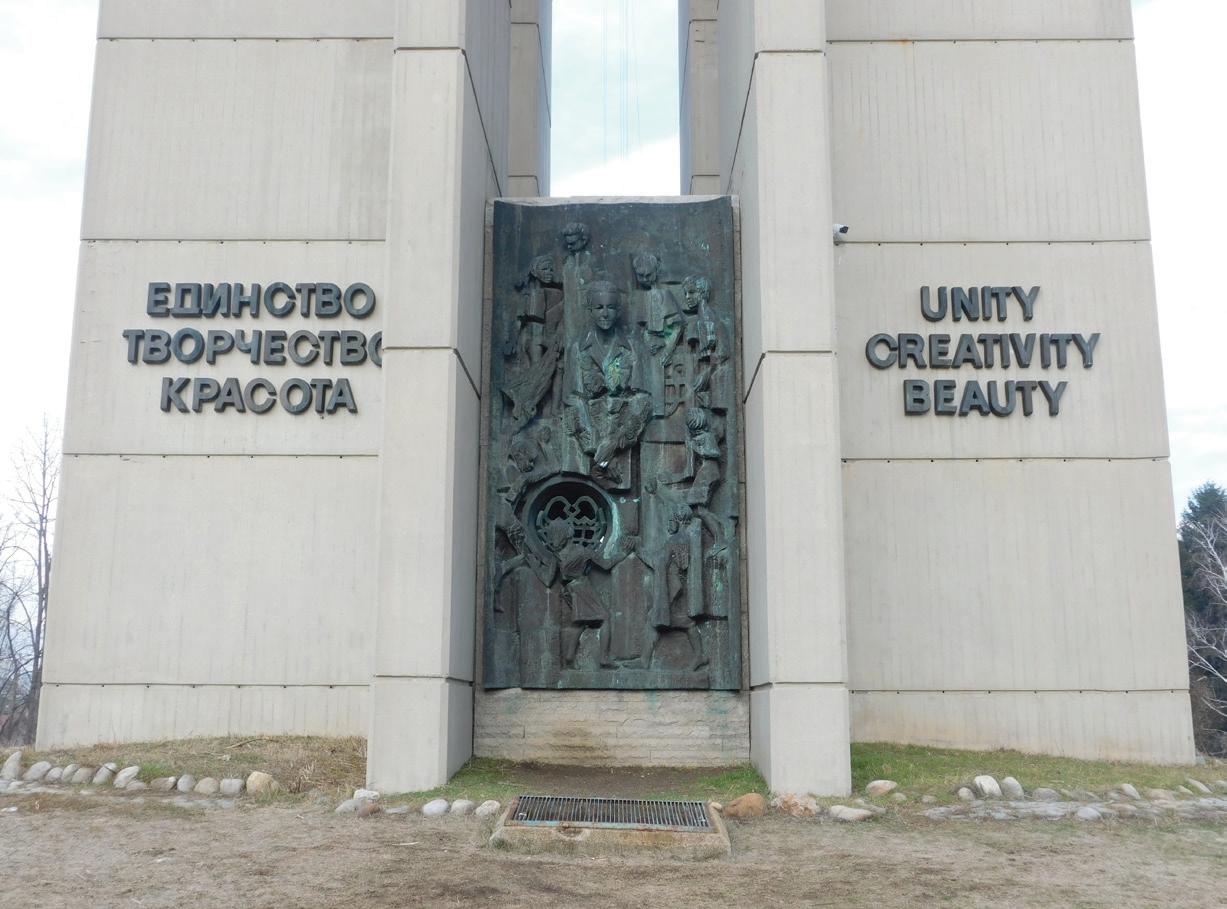
The Bells Monument, or Kambanite, was originally built as part of the celebrations for the first-ever International Year of the Child in 1979. Back then the structure was officially called the ‘Banner of Peace’ and about 100 countries gifted bells of all shapes and sizes and these were placed around the base of the monument. The event ceased in 1990 and the complex fell into a state of ruin with some of the bells stolen.

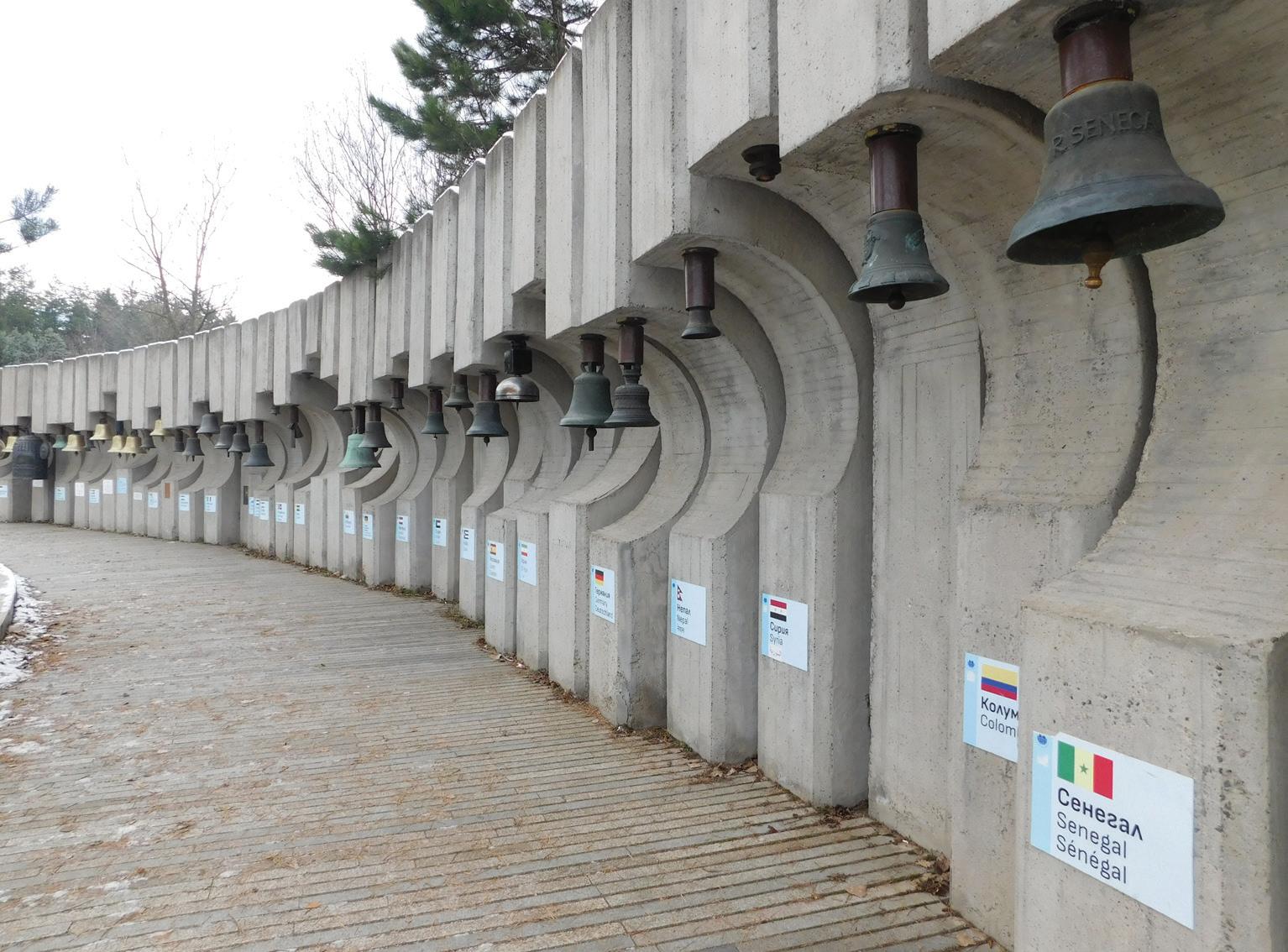


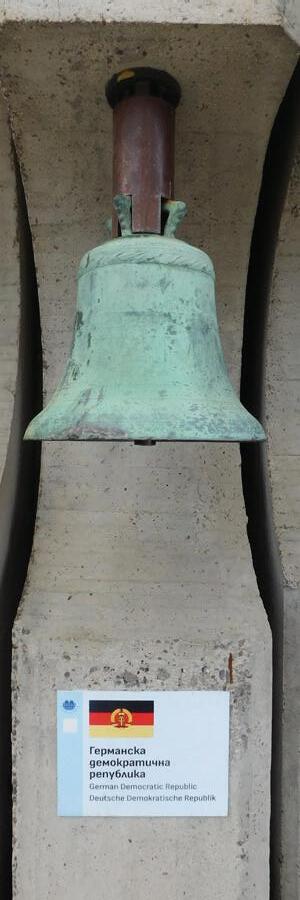


MOTHER BULGARIA PANTHEON
c. 1985
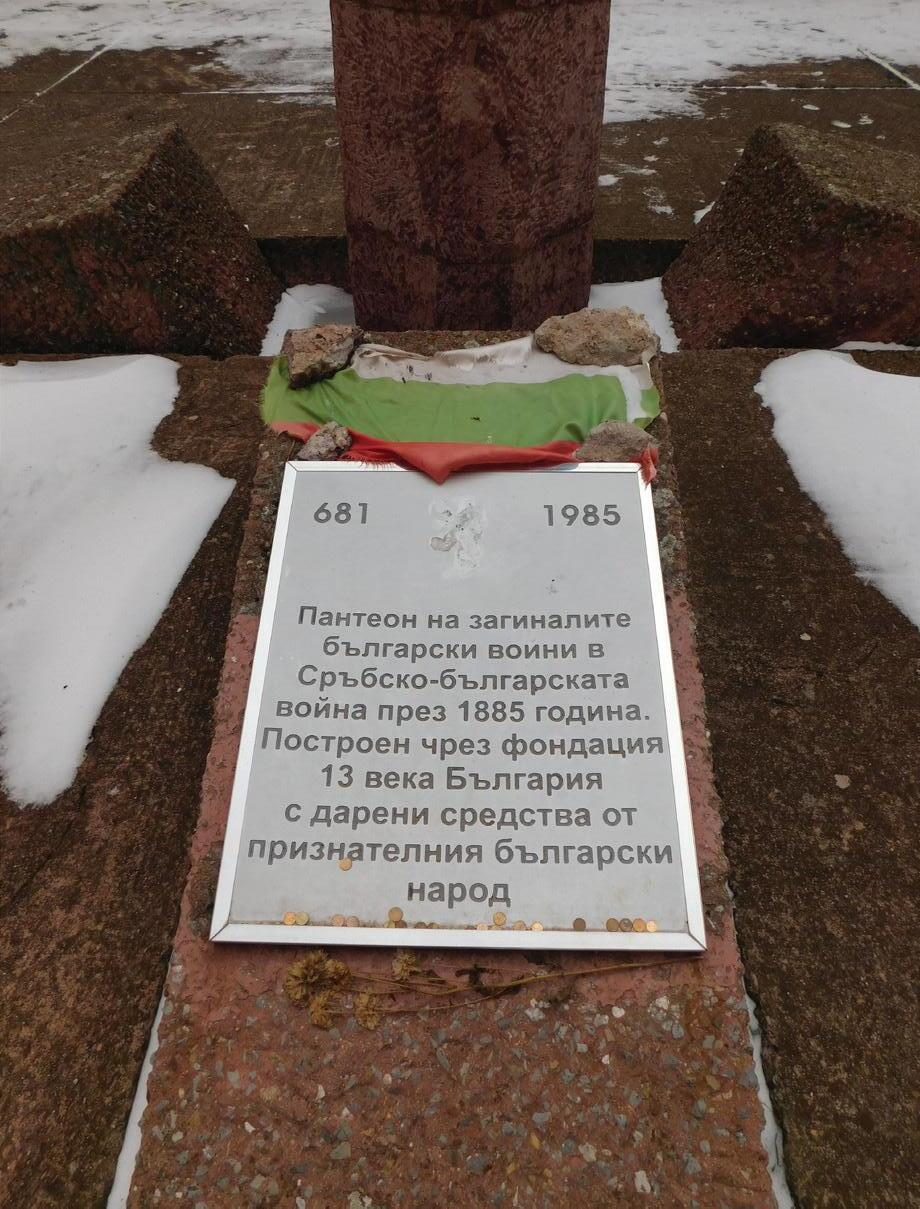
Pantheon of the Bulgarian soldiers who died in the Serbo-Bulgarian War in 1885.
Built through the 13 Centuries Bulgaria Foundation with funds donated by the grateful Bulgarian people
Located near the town of Gurgulyat, 40 kilometers outside Sofia, the truncated square pyramid is made of a reddish concrete, a unique color for this genre of monument.
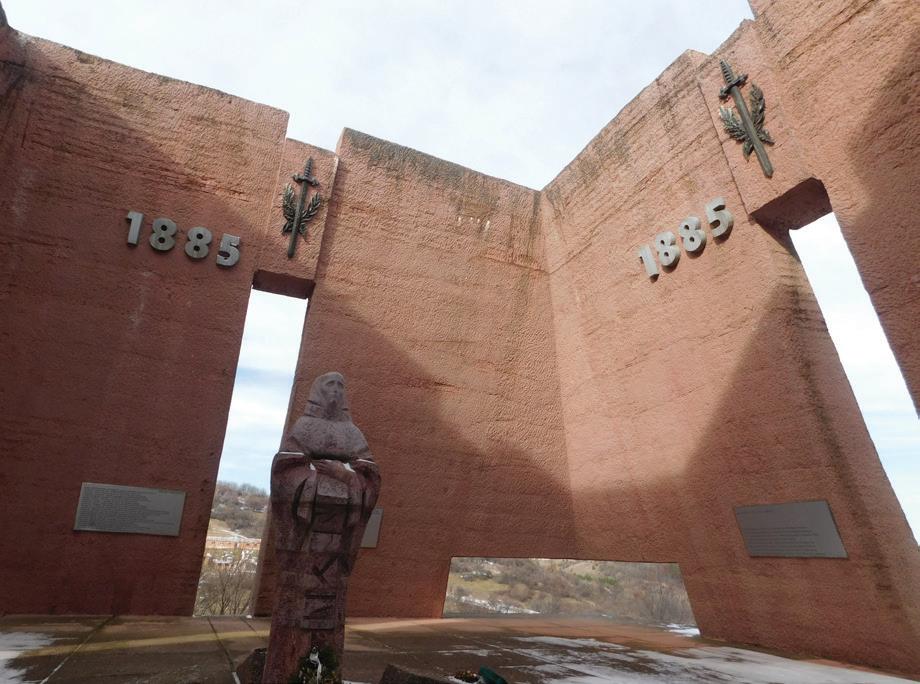

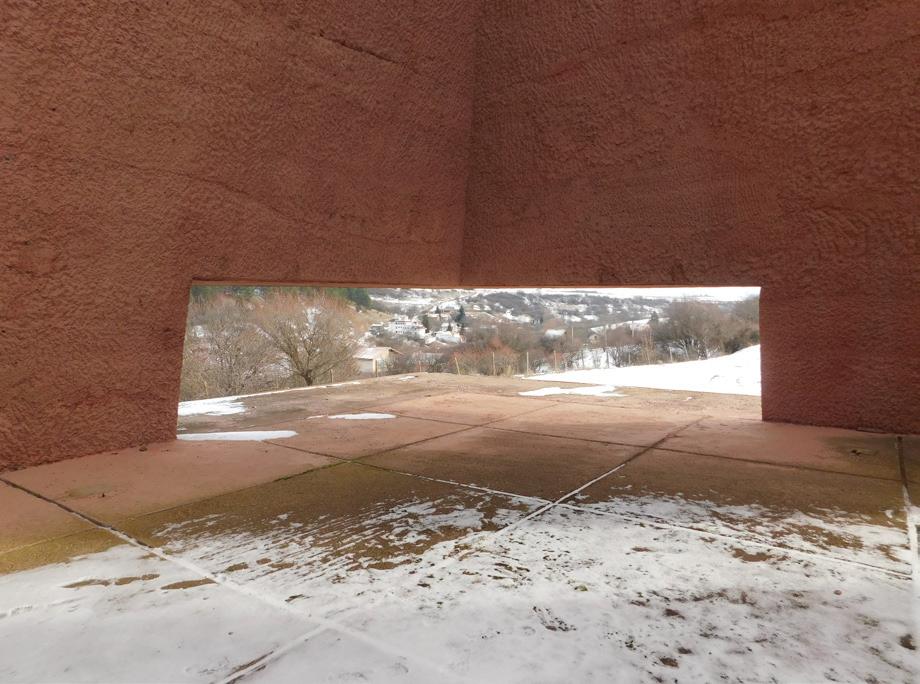

THE MOUND OF BROTHERHOOD
(MONUMENT TO THE SOVIET ARMY)
c. 1954

2011 - graffiti transformed the Soviet Army soldiers into popular American superheroes and characters including Superman and Captain America. A caption was painted underneath which translates as “In pace with the times”. The event provoked serious pro and anti-Russian discussion in Bulgarian society.

2014 + 2022 - graffiti again painted the monument, this time in the colours of Ukraine in support of the Ukrainian Revolution. The phrase “Glory to Ukraine” was written in Ukrainian on the monument, as well as an obscene reference to Russian President Vladimir Putin. The continued vandalism has angered Russia, who demanded the monument be provided adequate protection to prevent such incidents in the future.
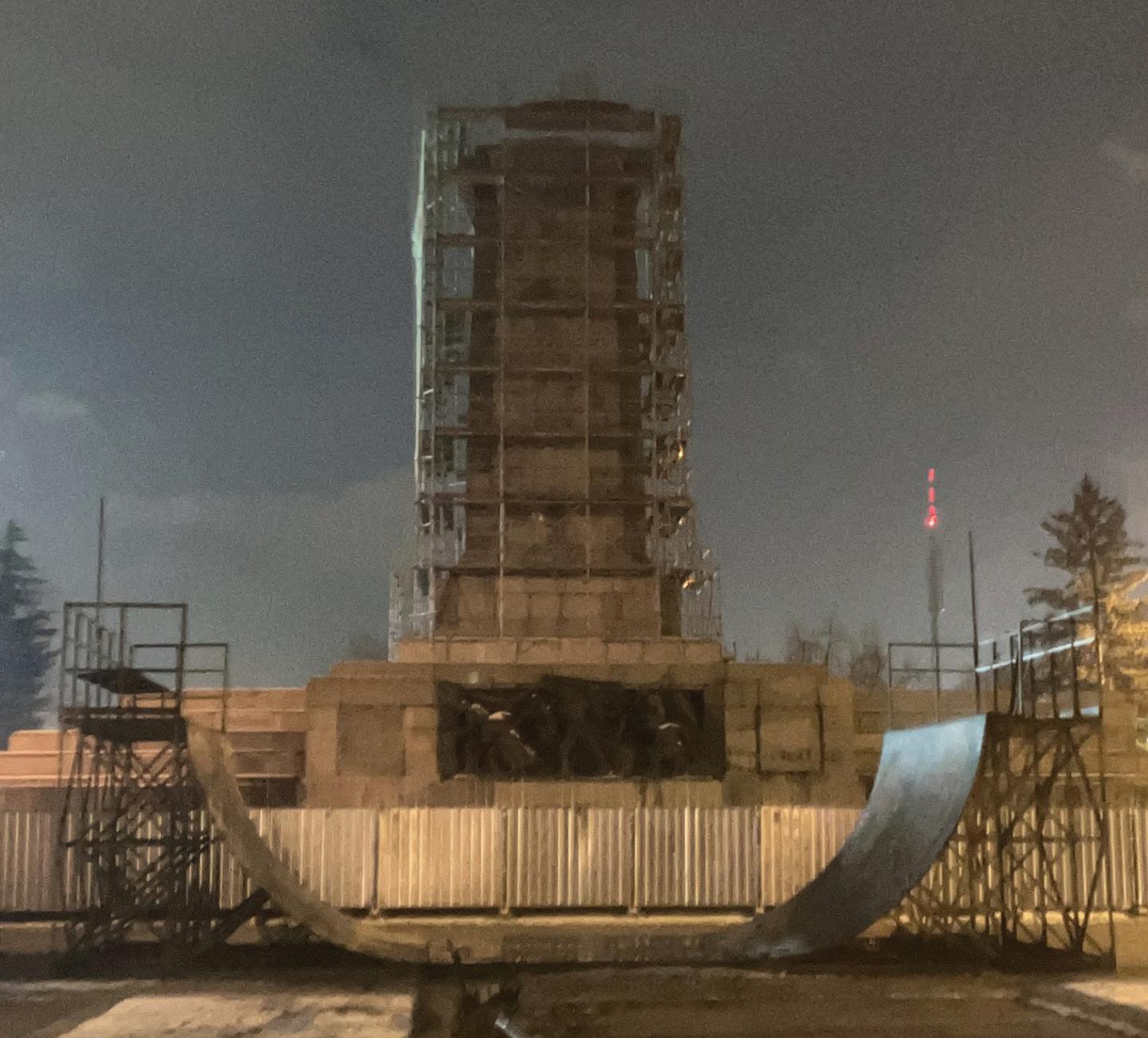
The state of the monument, January 2024
09: TANGENTS


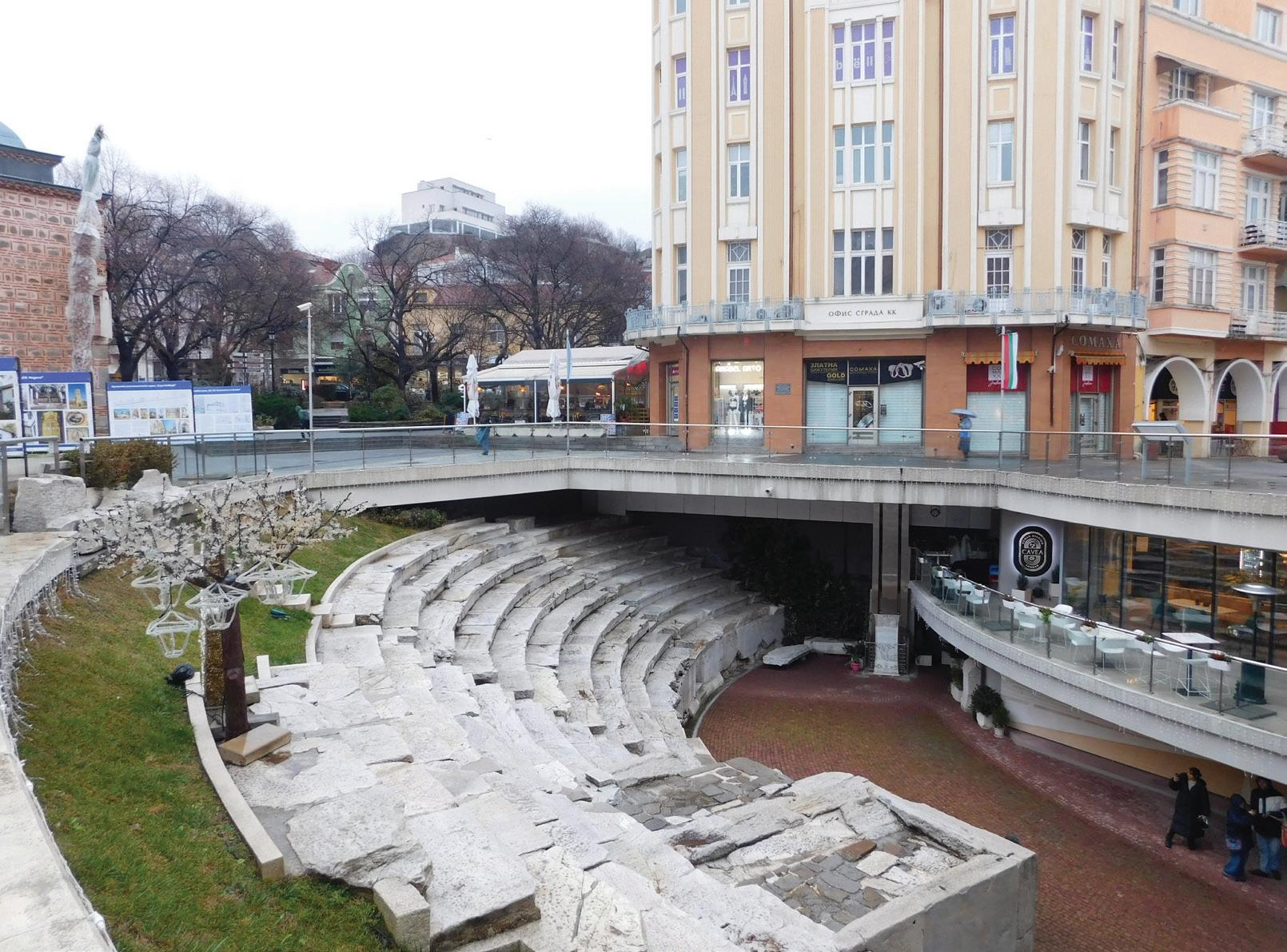
‘Glavnata’, Plovdiv’s pedestrian shopping street, is laid on top of the ancient Roman Stadium of Philippopolis. Approximately 250 meters long and 50 meters wide, it hosted sporting events for ruling members and the public to spectate. The ‘sphendone’, or northern curve, is partially restored and serves as an attraction for passersby to look down upon from the ground level promenade.


The H&M store on Glavnata is built on top of these ruins, and visitors can go downstairs to see fragments of the masonry walls with information about the discovery and reclamation process.

I had the opportunity to visit an apartment in Sofia meant to be a replica of what a standard family’s home would have been during the 1980s Cold War era. I found out that during this period, housing was a state enterprise and completely controlled by the government. One home was allowed per family, and that could either be inherited or bought from the state housing administration, and people were usually put on a waitlist that could take years. The maximum square footage allowed for a home was 120 sq. meters or 1300 sq. ft. This is because there was a shortage of housing caused by mass migration to the cities from small towns, after economic centralization policies were implemented. Most homes were single bedroom apartments as a result.
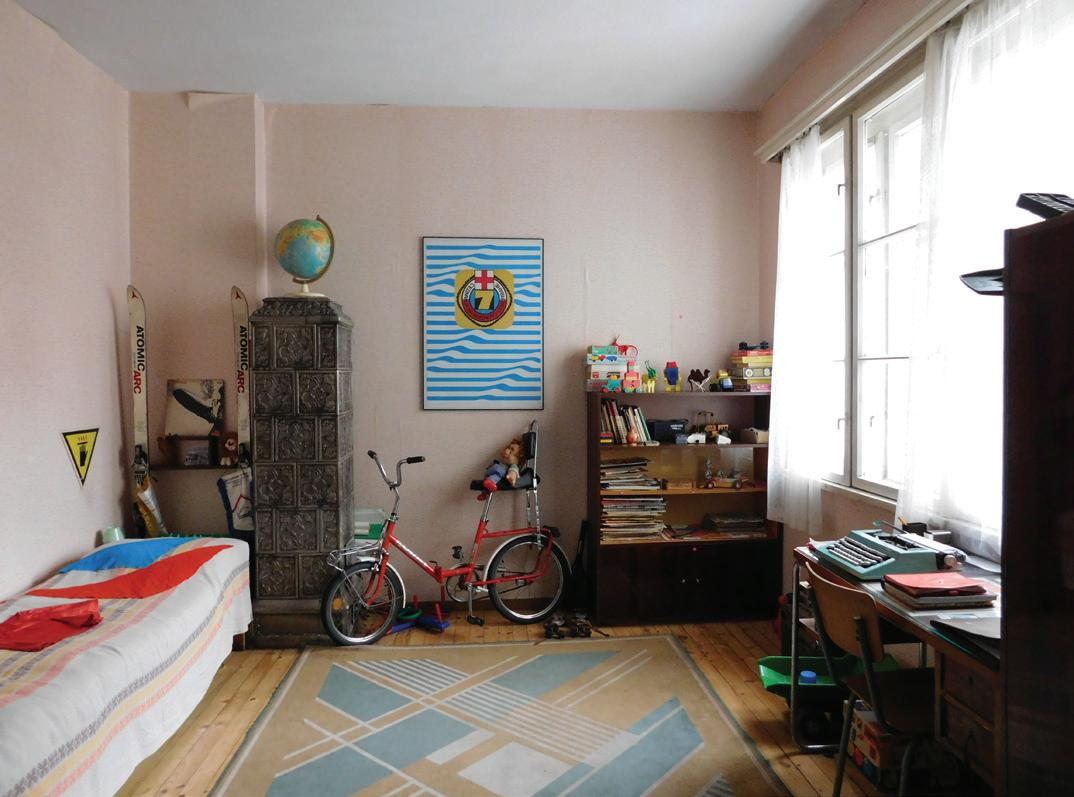

children’s room
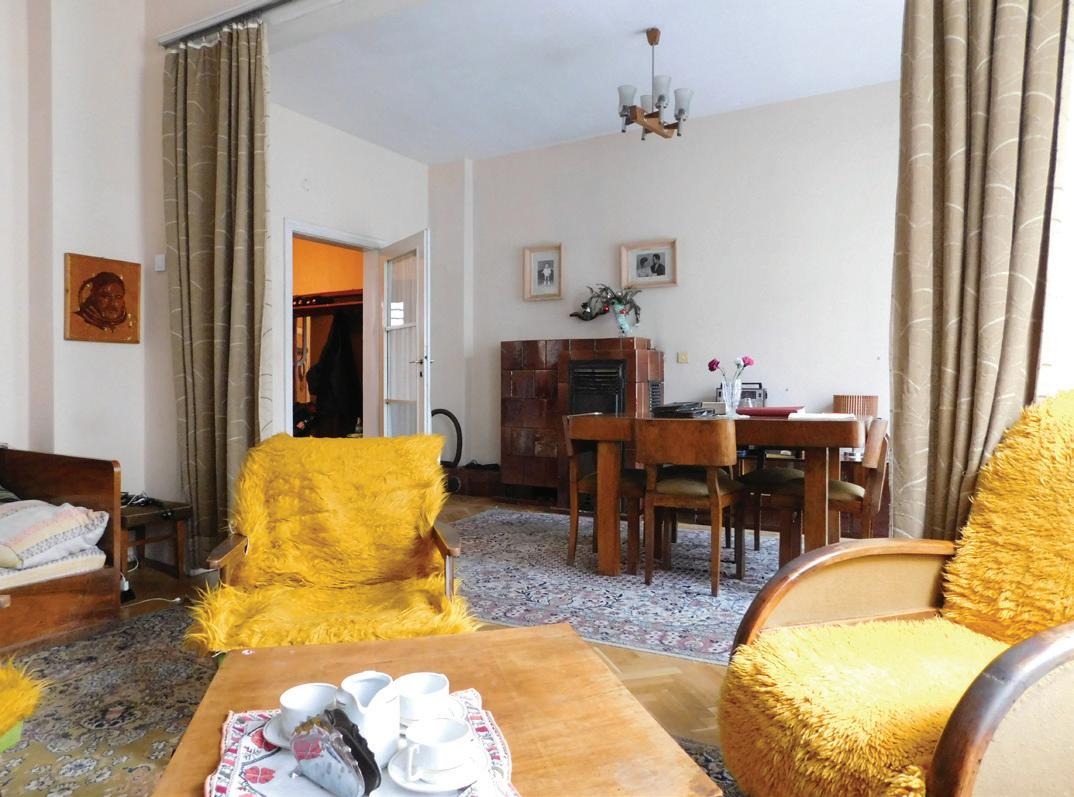
living & dining rooms



Only 2 people occupied this house, a woman named Elena and her son. Her husband worked abroad at an Algerian oil company. Pictured at right is her couch-bed, in the corner of the living room.
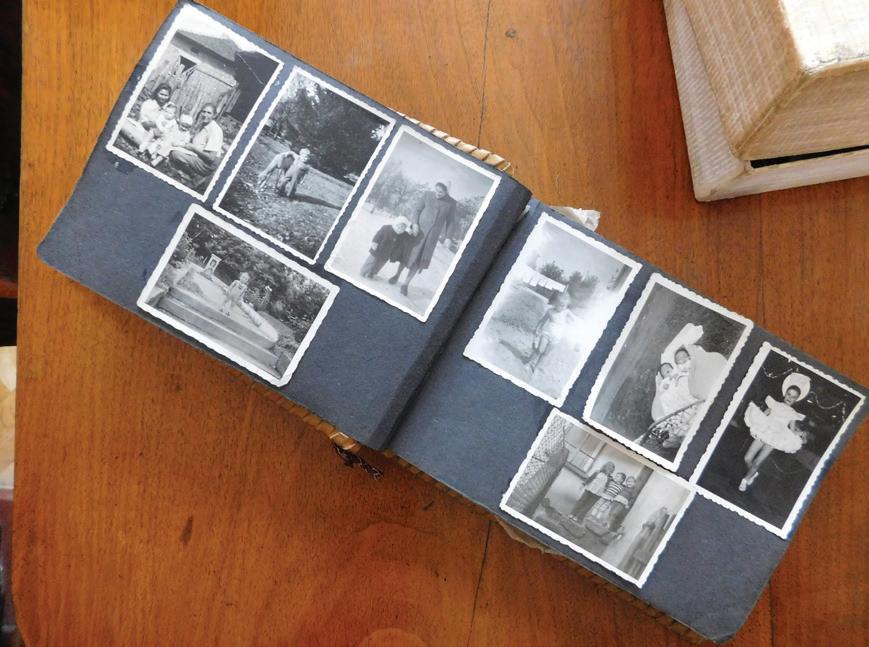
Photographs showcasing life in socialist Bulgaria; family photos in an album book, a parade honoring Georgi Dimitrov in Sofia, and children singing at the Kambanite monument in the southern hills of the city.

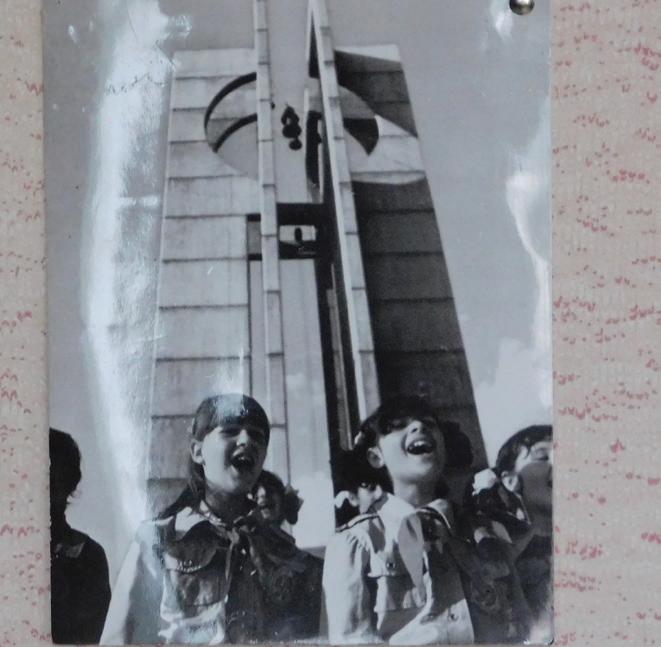
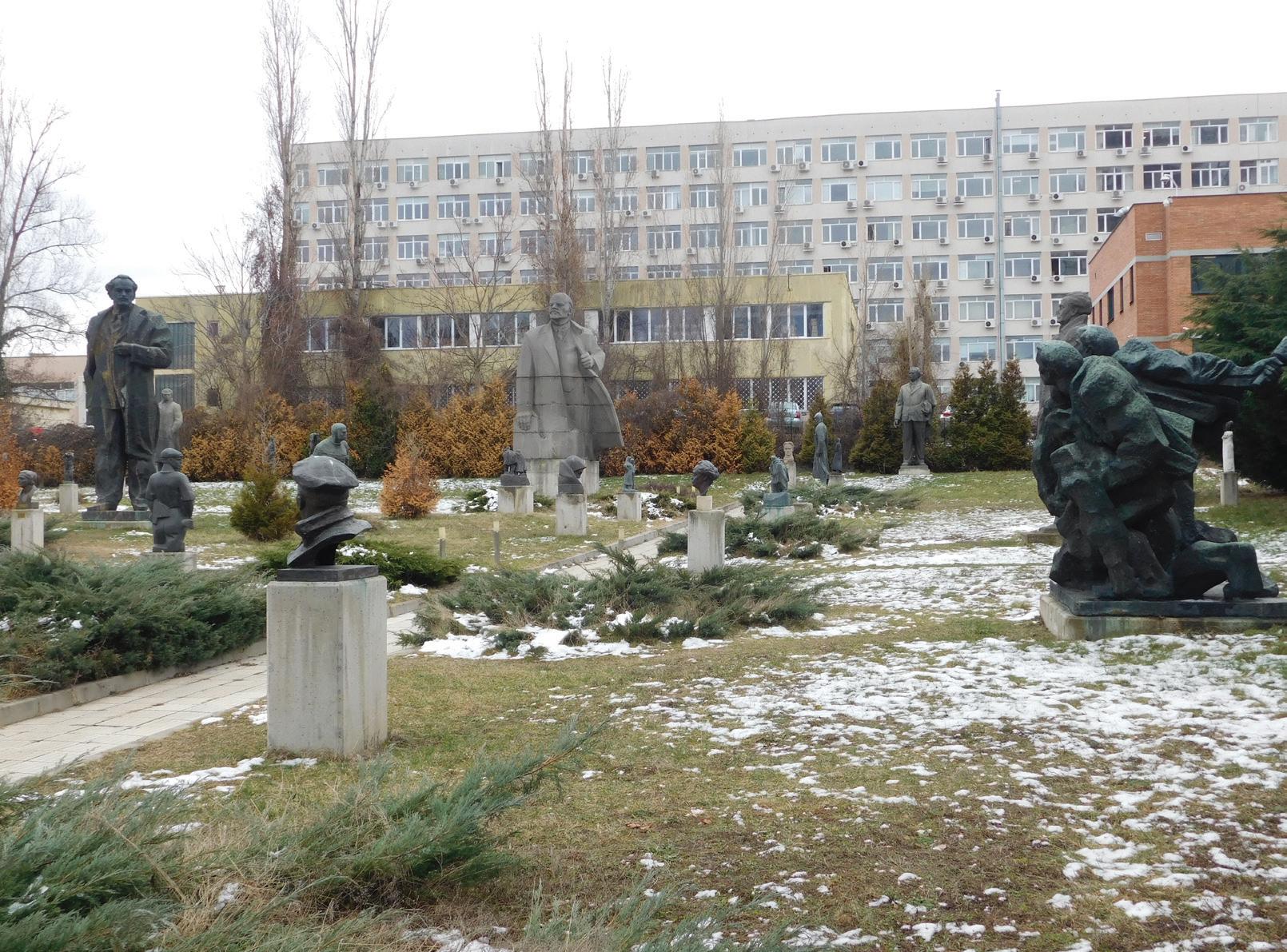
MUSEUM OF SOCIALIST ART


The Socialist Museum of Art displays political cartoons and figures from that era of the country. It has become a graveyard for what is deemed not suitable to stand in the city nowadays.

THE RETRO MUSEUM


Located inside of a shopping mall, the Retro Museum in Varna displays relics and artifacts of the country’s past, with memorabilia such as vintage cars, electronics, household items, and statues. The collection is the personal property of businessman Tsvetan Atanasov, and opened to the public in 2015.
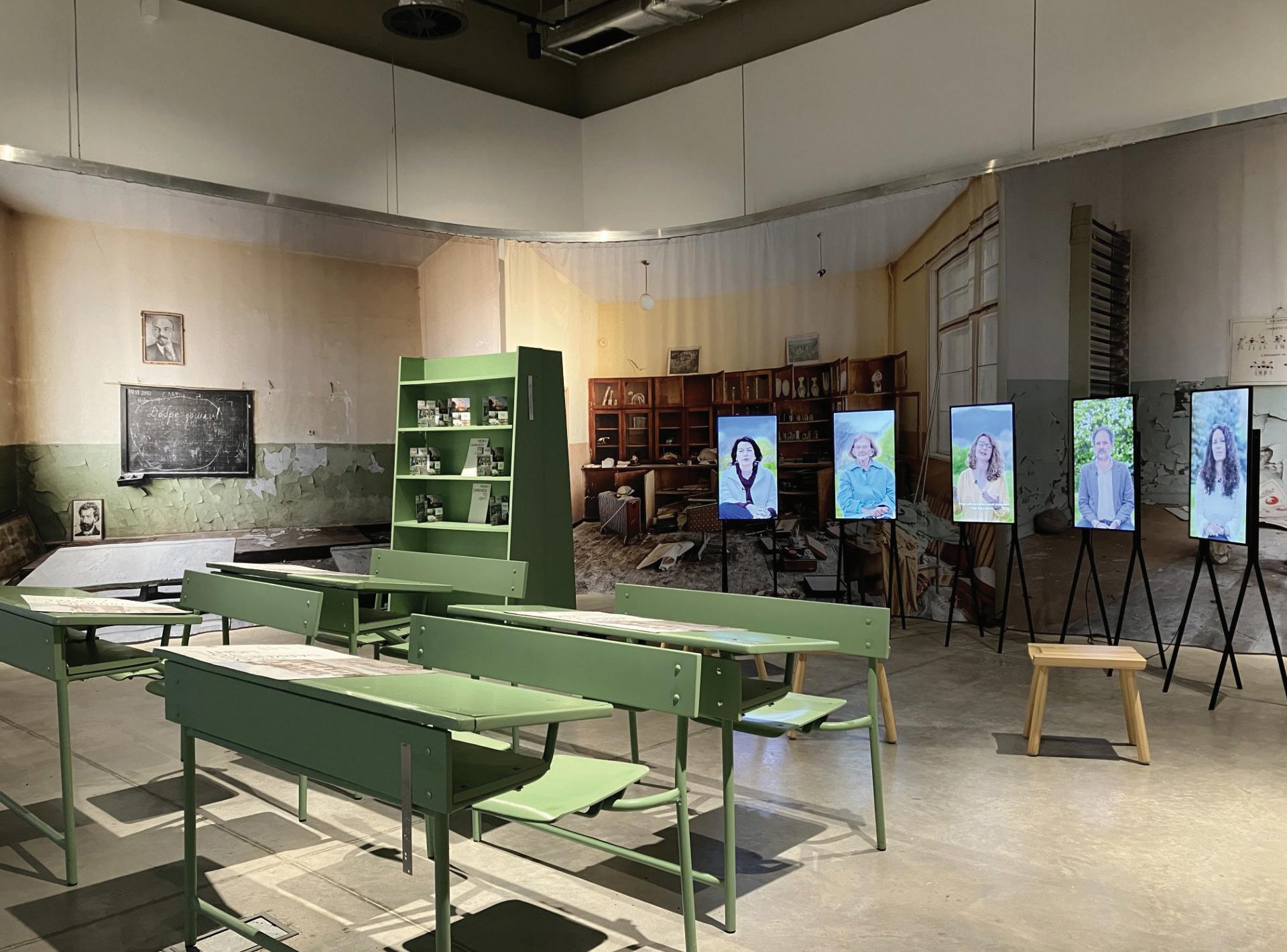
THE BULGARIAN PAVILION - VENICE BIENNALE 2023

I also had the opportunity to visit the Bulgarian Pavilion from last year’s Venice Biennale of Architecture. The exhibit was in Sofia’s contemporary art museum Toplocentrala, and is titled Education is the Movement from Darkness to Light. The main goal of the exhibit was to document these abandoned school buildings and start to engage in dialogue about these challenges and what can be done.
THE TRANSFORMATION HANDBOOK

↓ 207 LOCATIONS OF THE PHOTOGRAPHED SCHOOLS
ALEXANDER DUMAREY
Alexander Dumarey (born in Belgium complished architecture and documentary currently based in Ghent, Belgium. cuses on capturing the remnants the effects of time on structures and His fascination with the neglected town led him to start photographing Since then, photography has played icant role in his life.
Dumarey has produced several NWS, the news service of the Flemish including "Permanent gesloten", "Markante reis met Vlaamse meesters," and 2017 and 2020.
In 2020-2021, Dumarey embarked ture over 70 historic images of textile from the collection of the Museum tographs resulted in the exhibition Cathedrals of Industry" at the museum nied by a book of the same name. Also work on abandoned outdoor swimming cased in the solo exhibition "(Z)onder In 2021 and 2022 Alexander collaborated journalist Jos Vandervelden on two History of Flanders" and "The Lost featuring present-day photographs Flemish history.
Since 2016, Dumarey has been working series, in which he documents the Bulgaria. Over the course of 10 trips captured over 200 of these schools. graphs, Dumarey sheds light on gotten spaces and buildings that have a result of Bulgaria's declining population.
A single photographer, Alexander Dumarey, photographed and documented over 150 abandoned schools across the country over 5 years and 4 trips. His work culminated in the exhibition at the Venice Biennale.
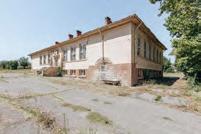

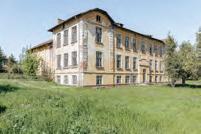
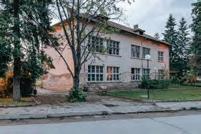

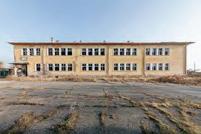
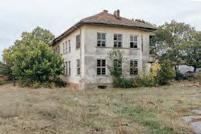










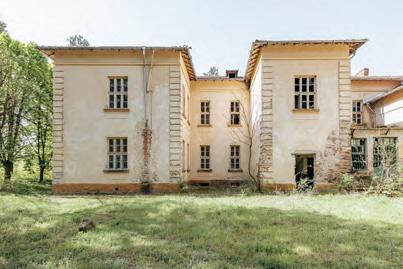


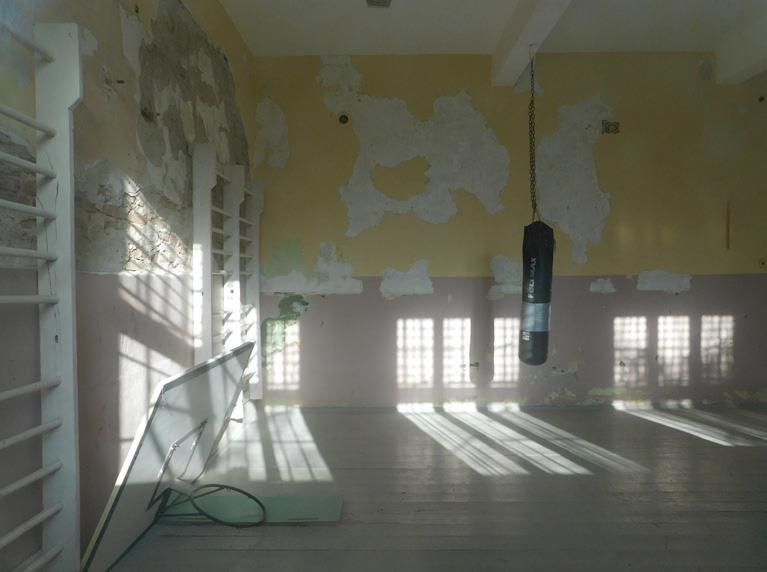
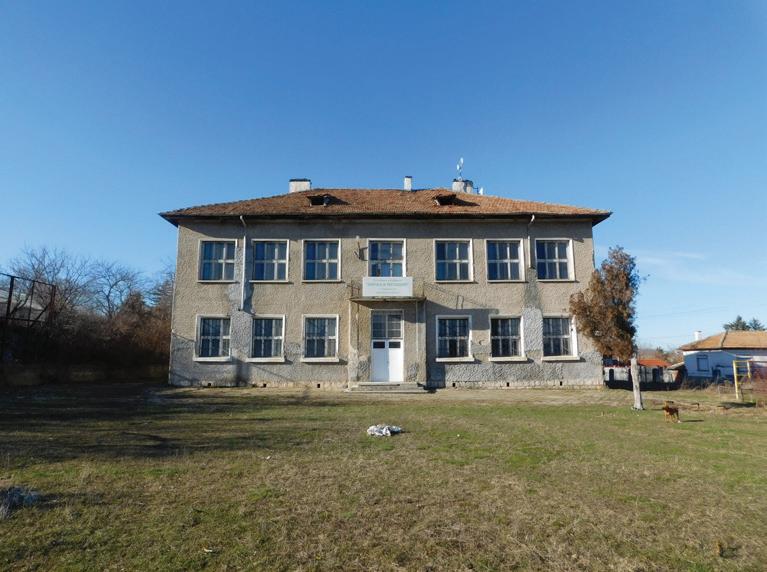

Across the country, schools in predominately rural areas have fallen empty, as birth rates fall and people flock to cities. Recently, questions of how to revitalize these buildings have sparked discussions on the proliferation of small towns. New investment in these educational facilities can help improve the quality of life for nearby residents and attract people to reside in small towns again.



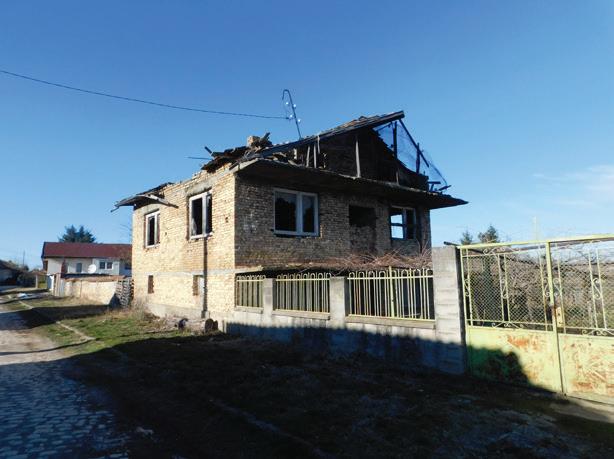

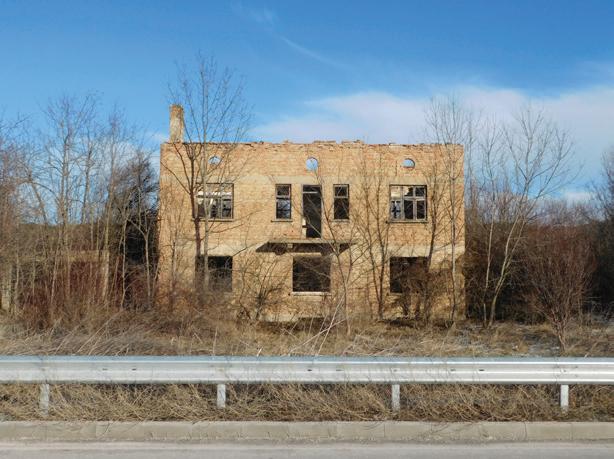
Additionally, other buildings have become neglected, whether in urban centers or peripheral areas. From a clock tower in Shumen, homes and entire streets in towns, to industrial buildings next to the freeway, gutted of the interior.

unity, security, and renewable energy. you are Europe.
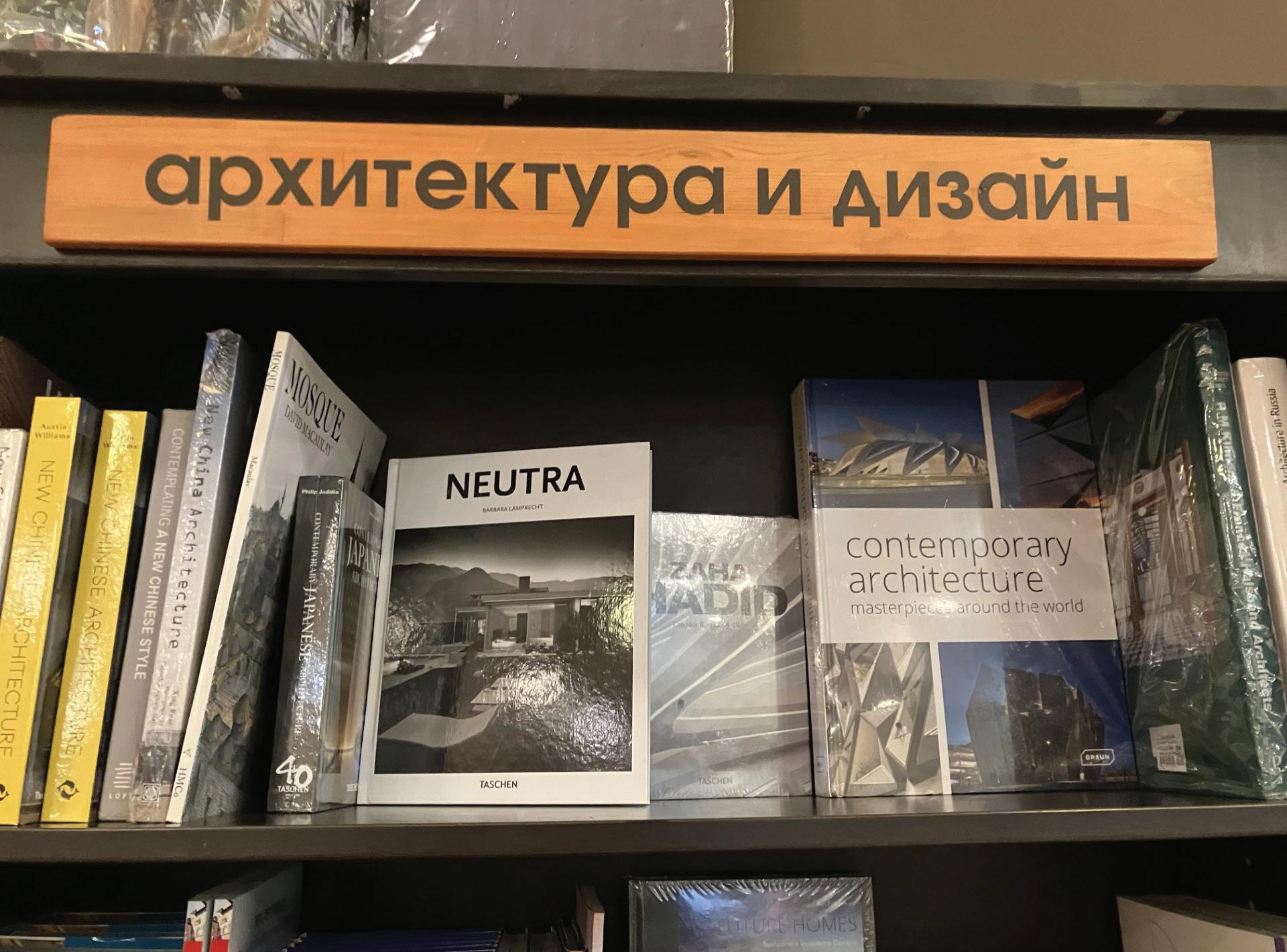

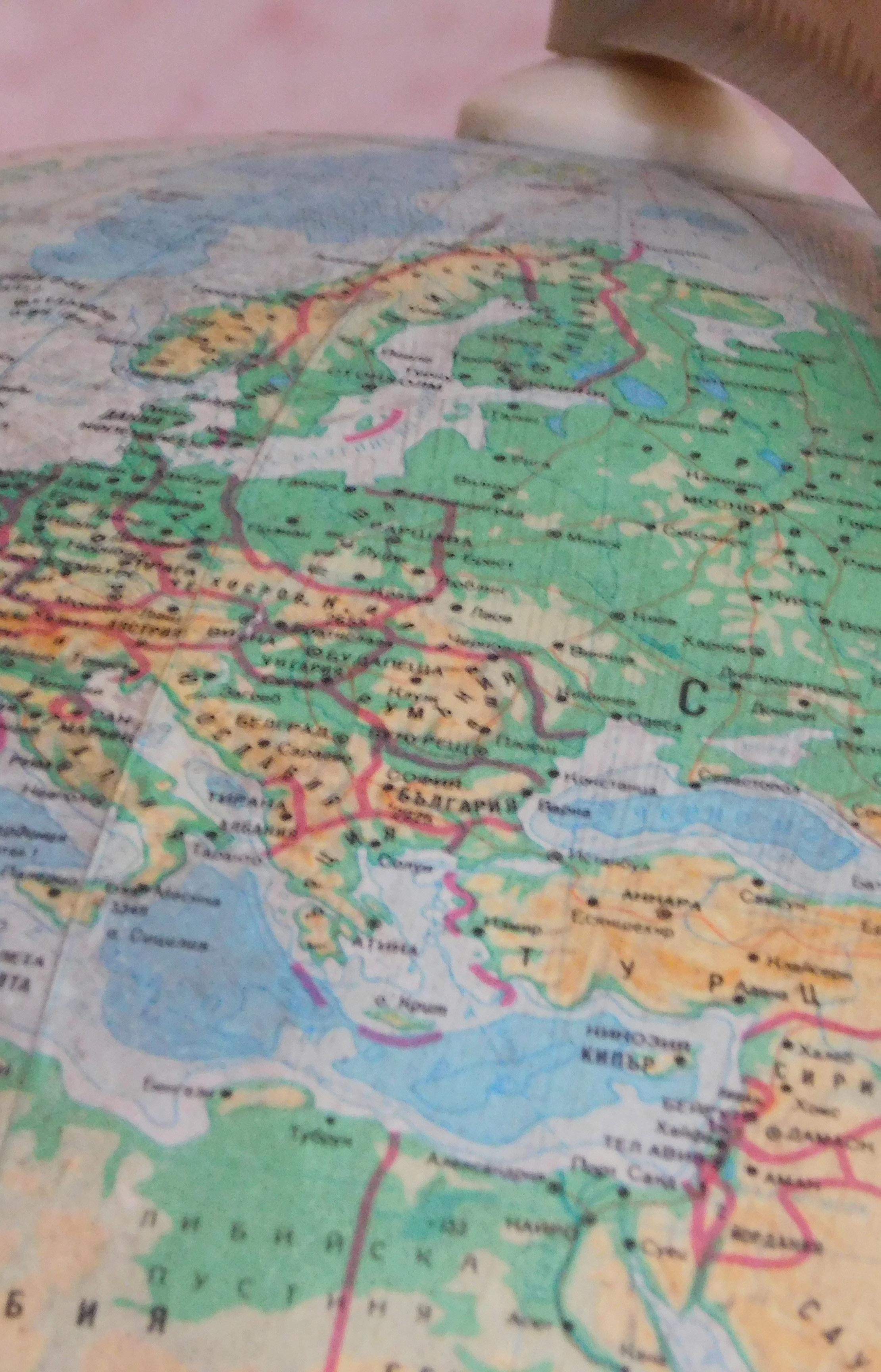
Thank you to everyone who made this trip possible, including my family, the Cal Poly Pomona Department of Architecture, and those who shared their time and knowledge with me on various research topics.
